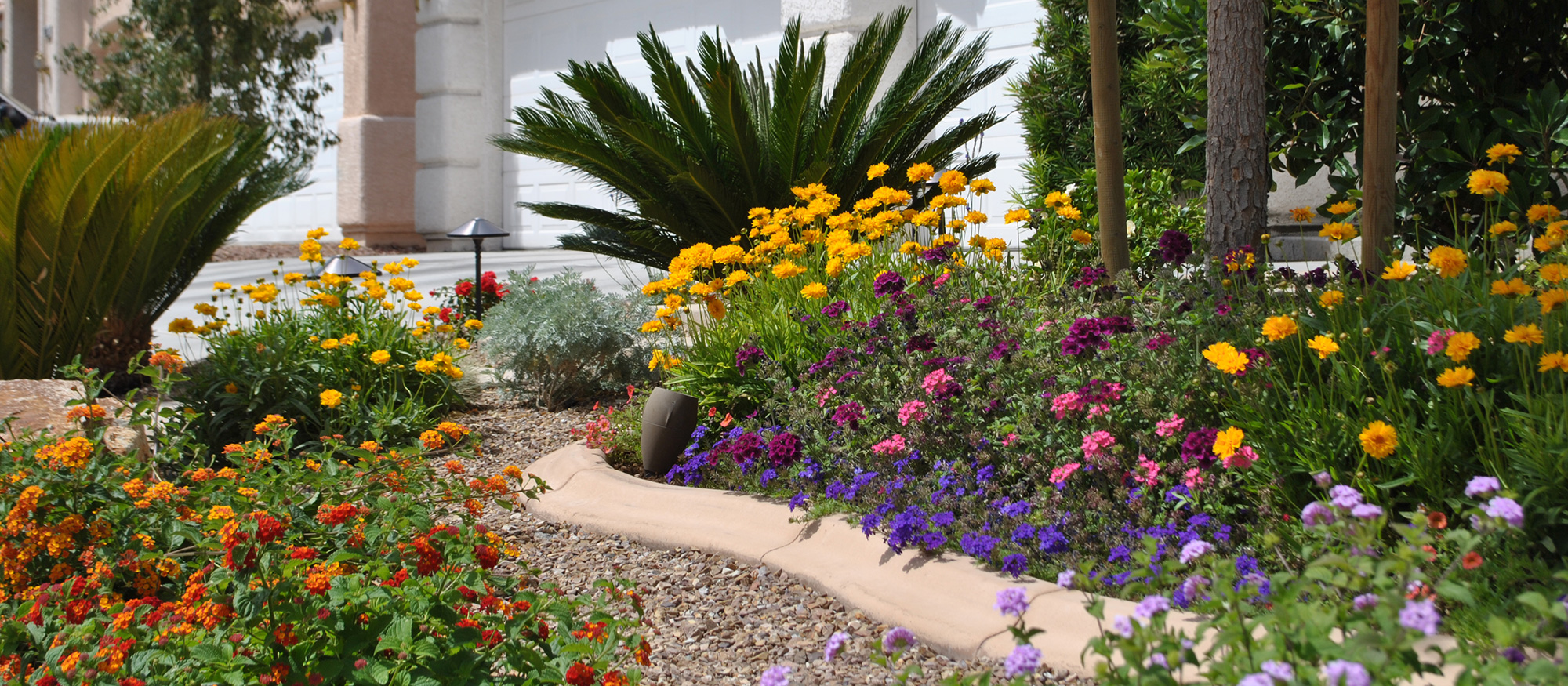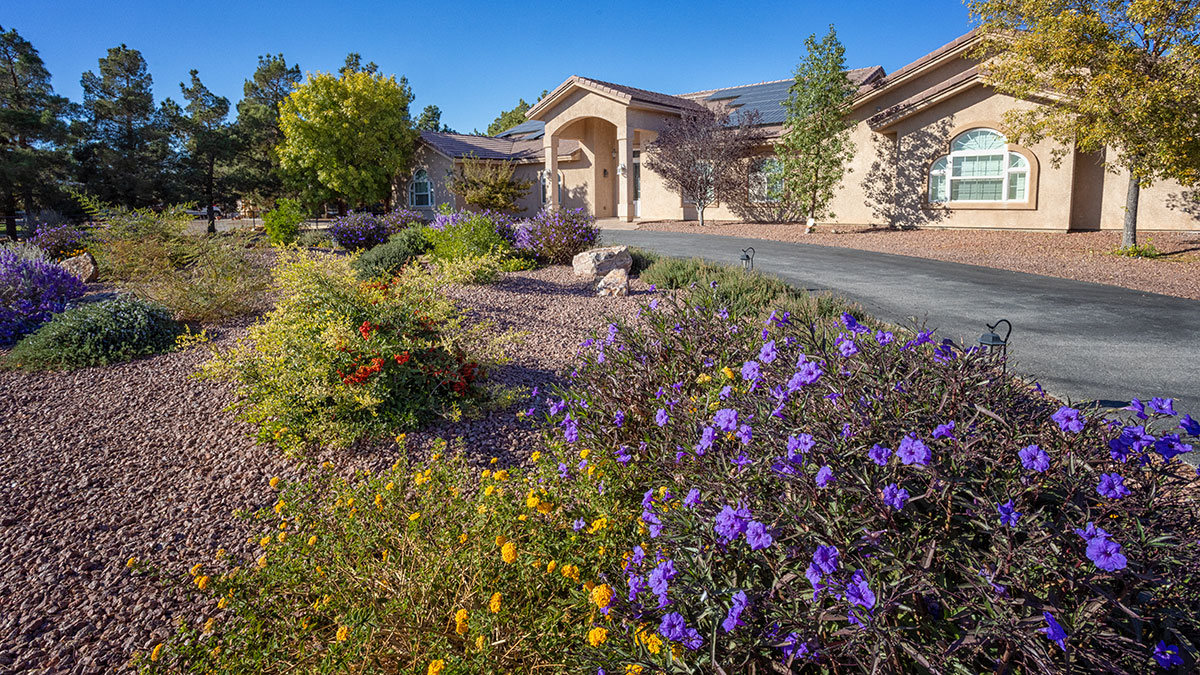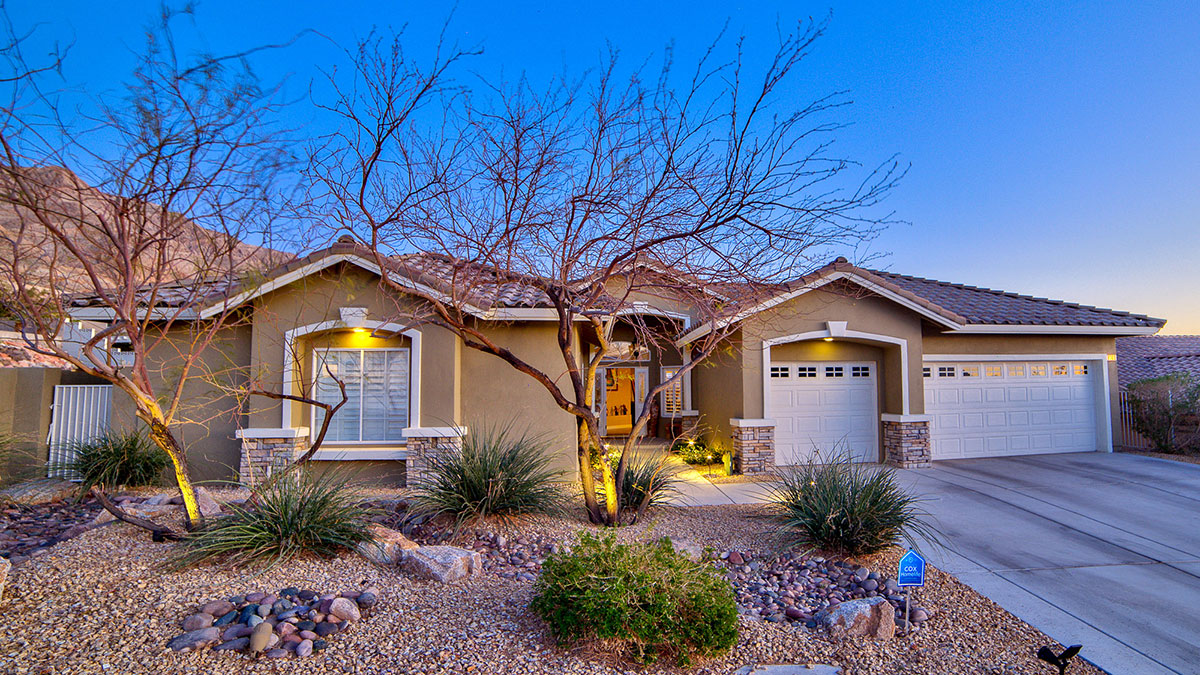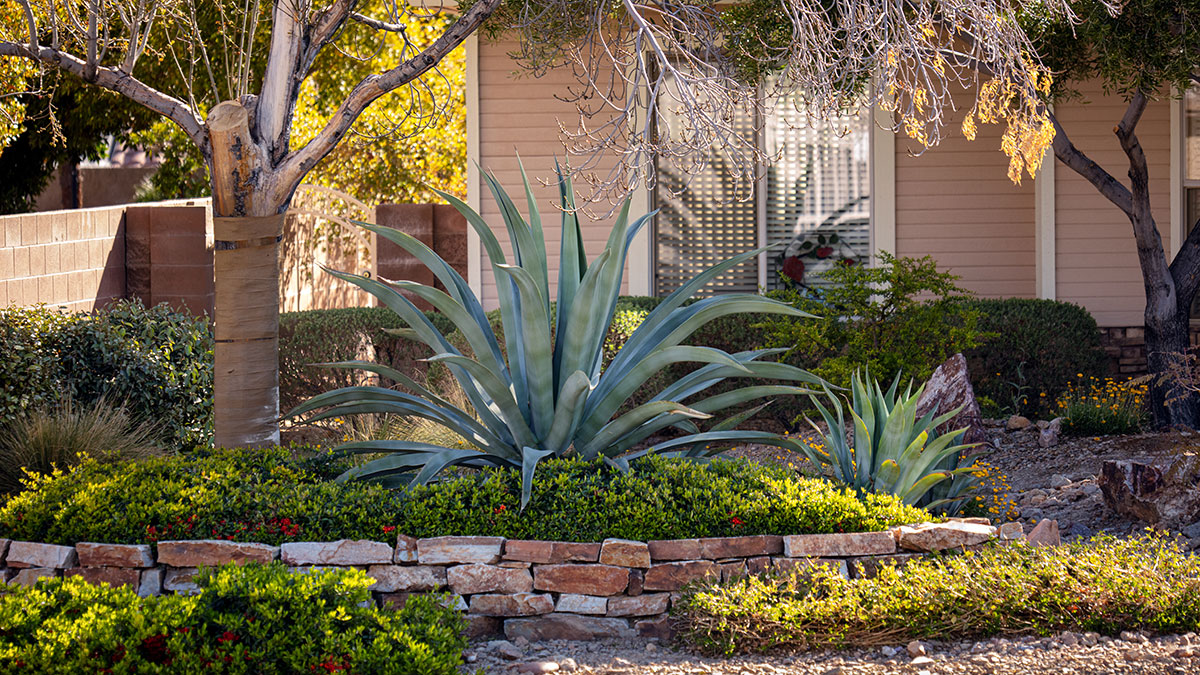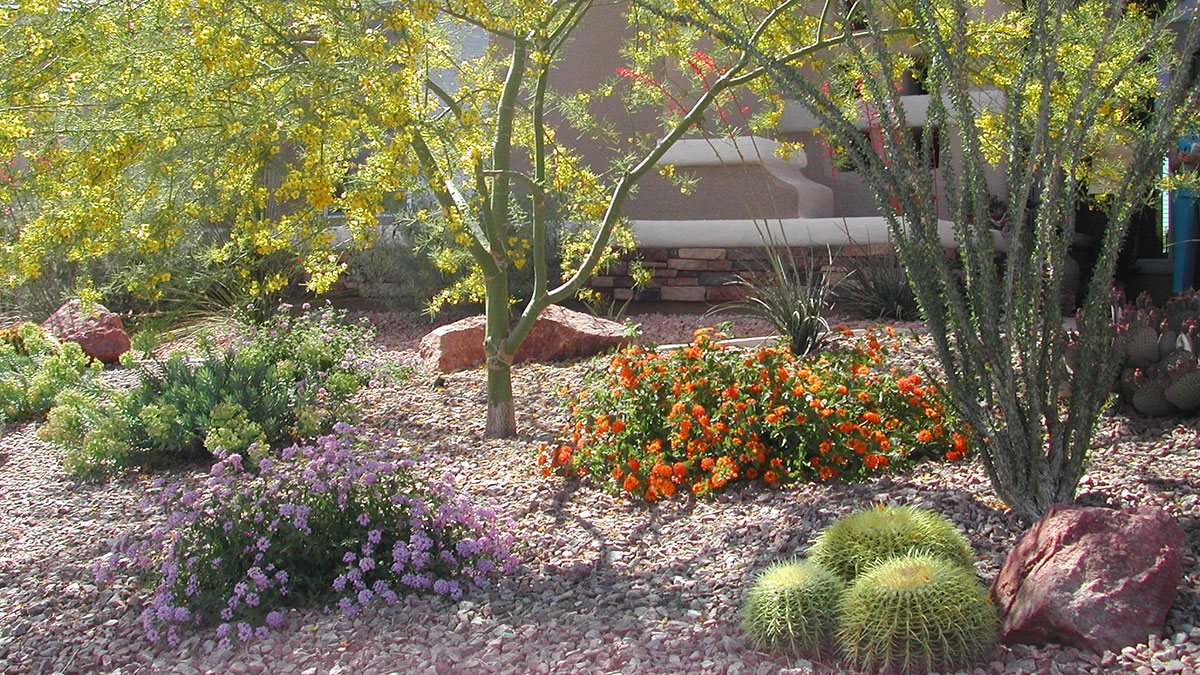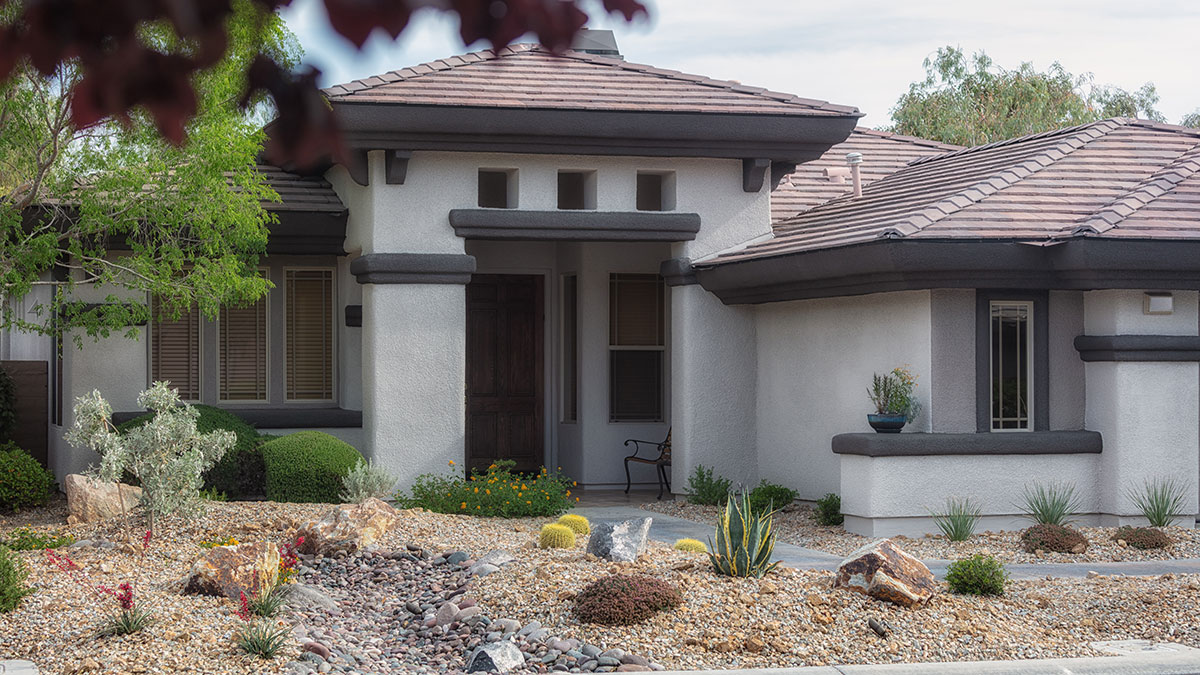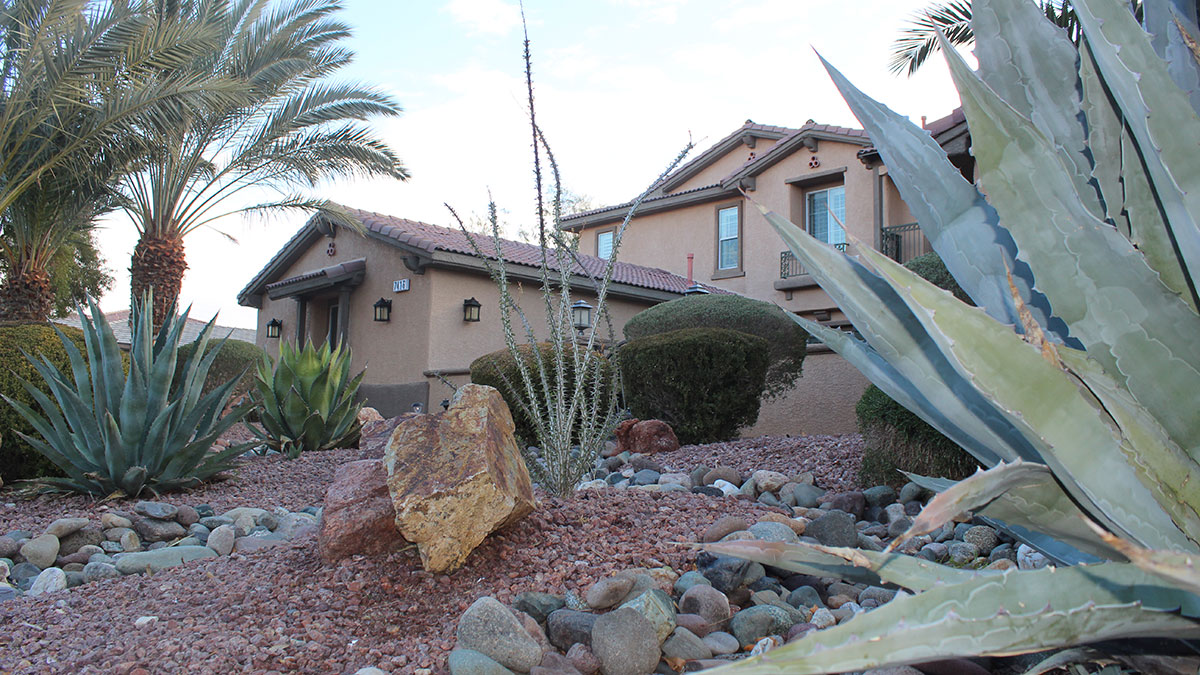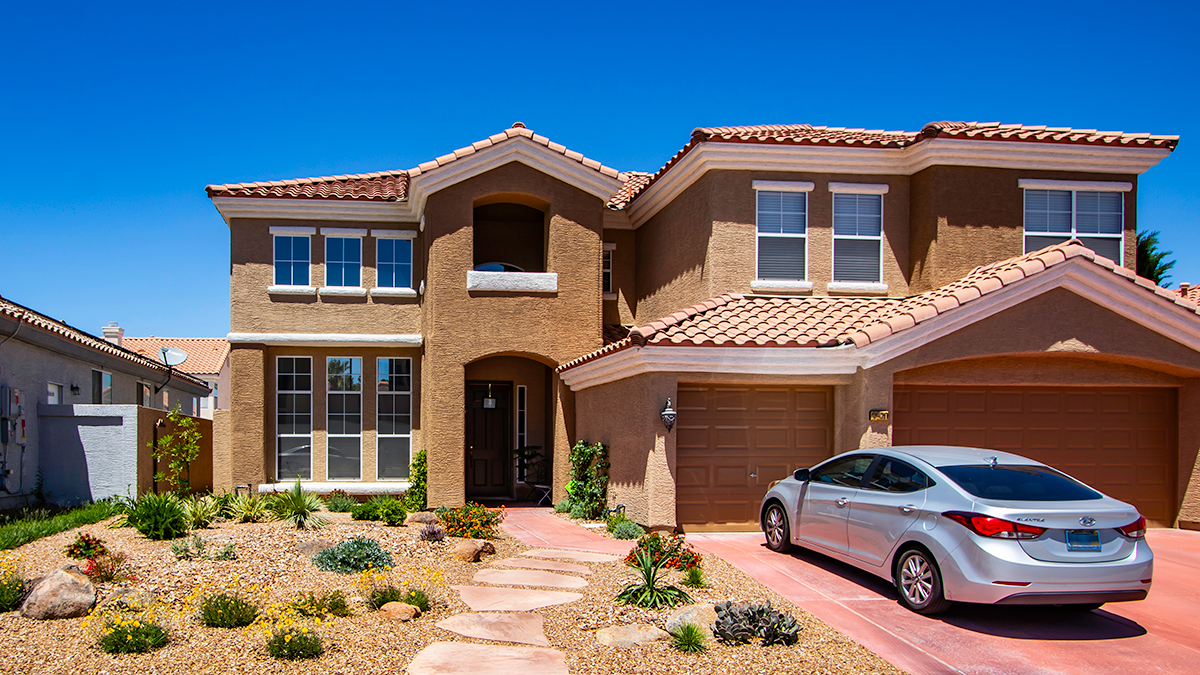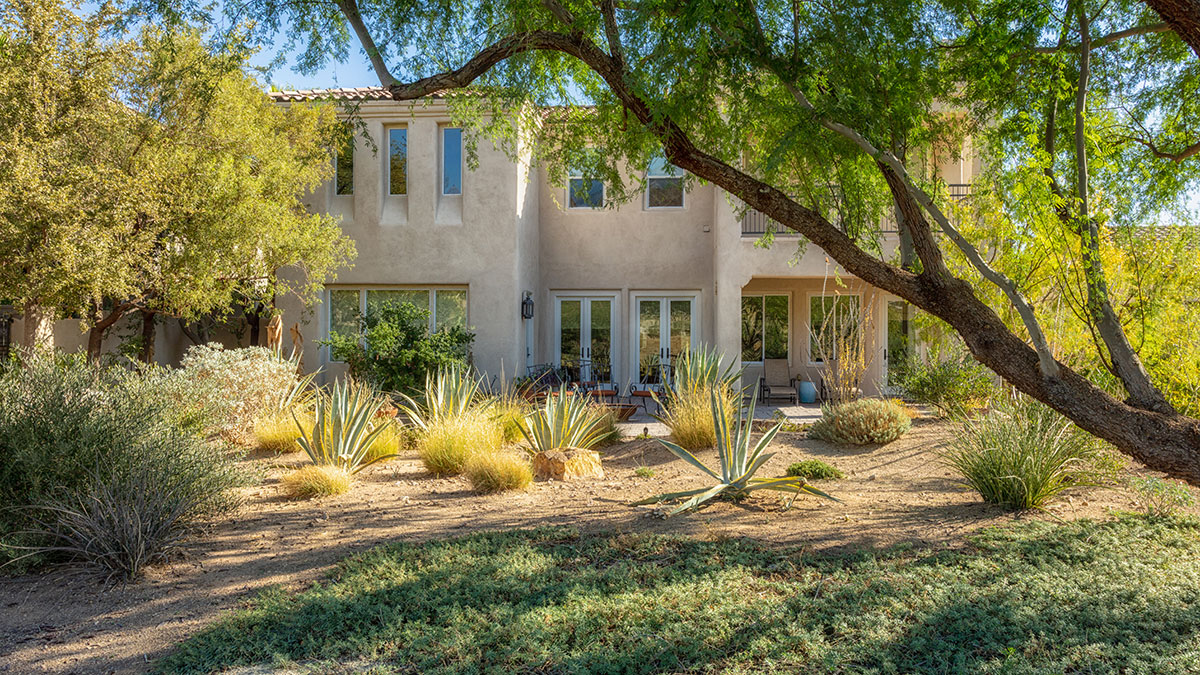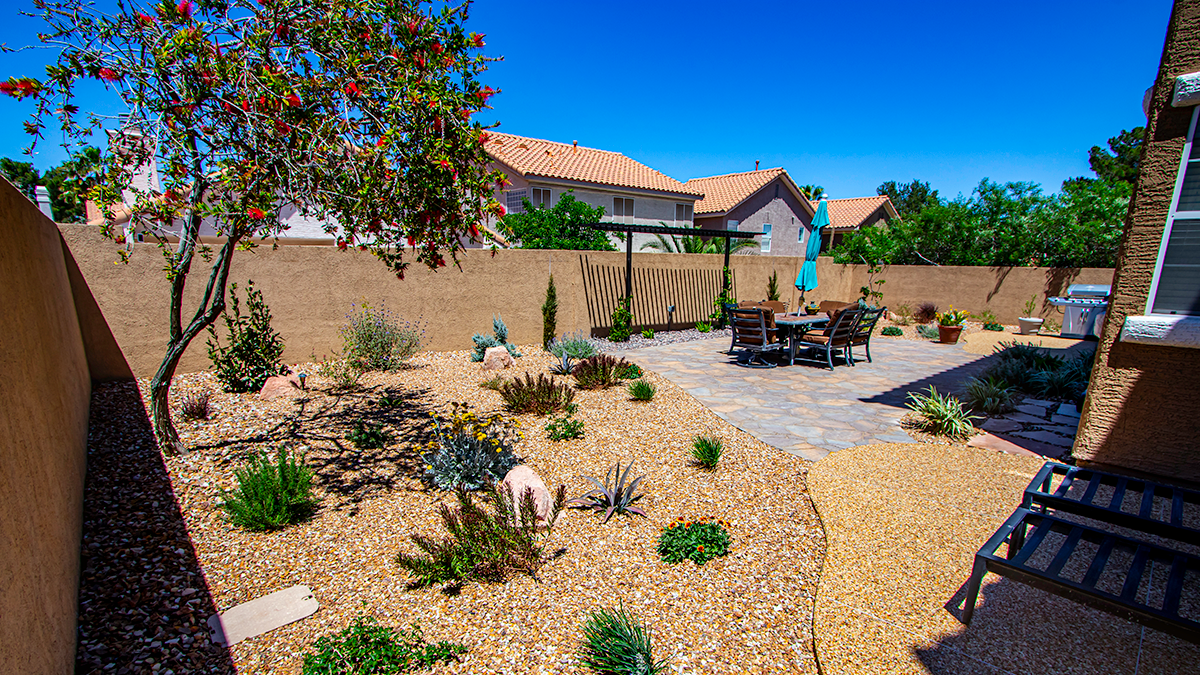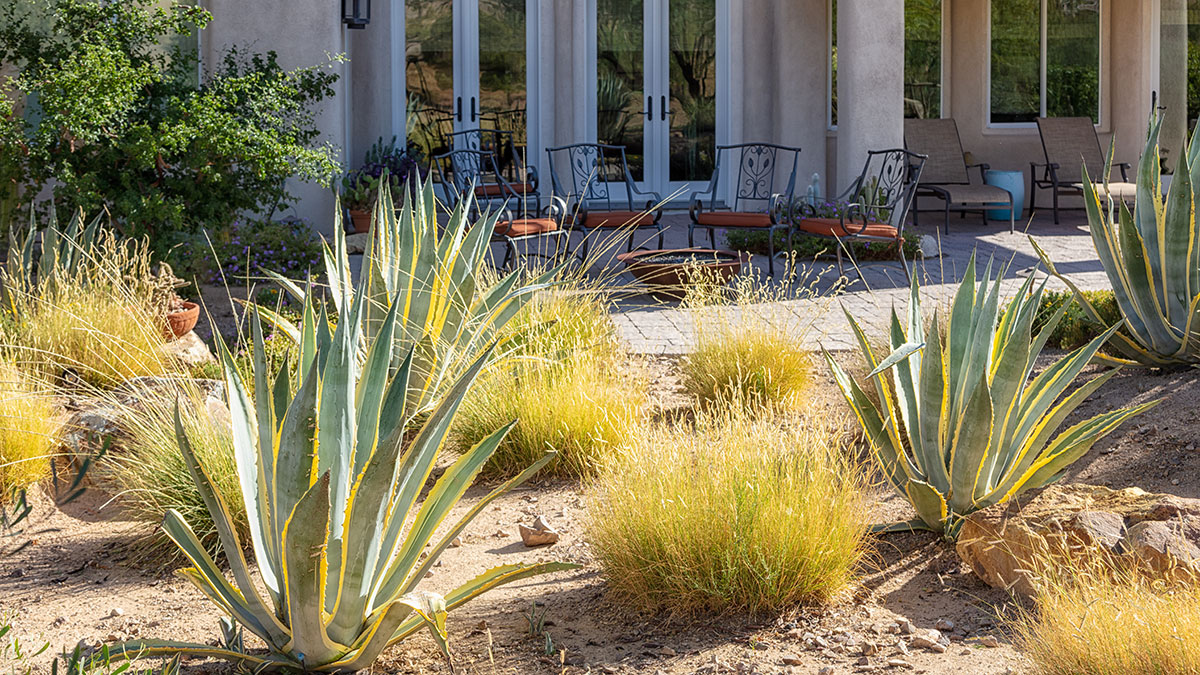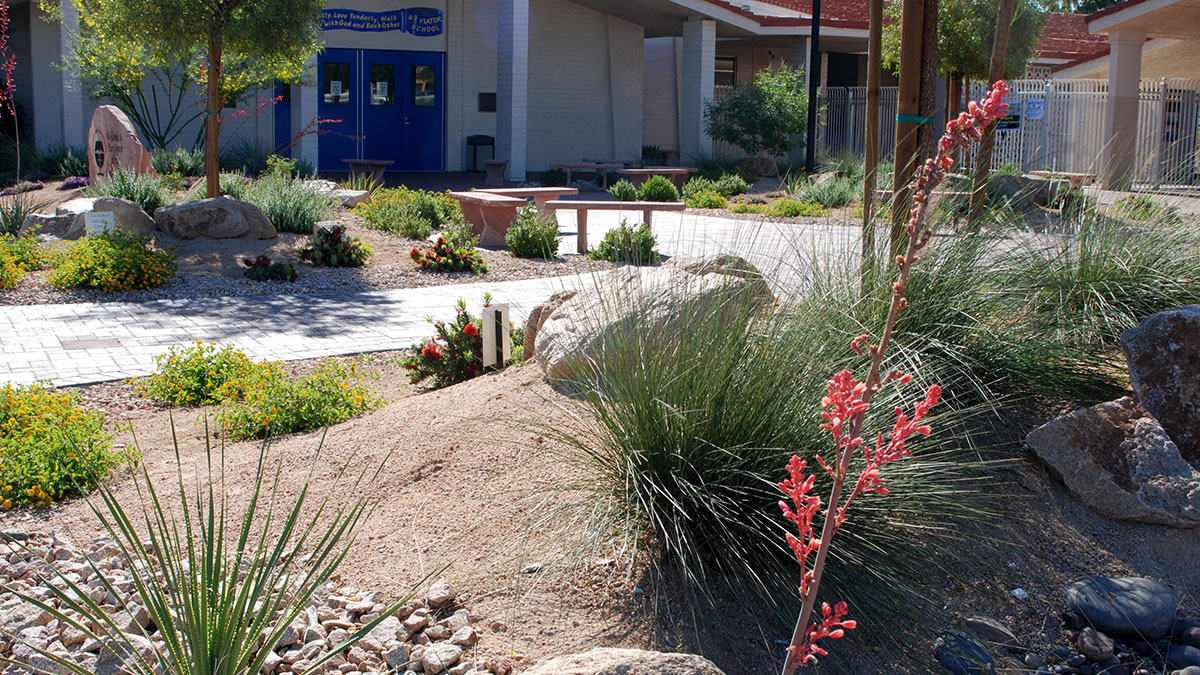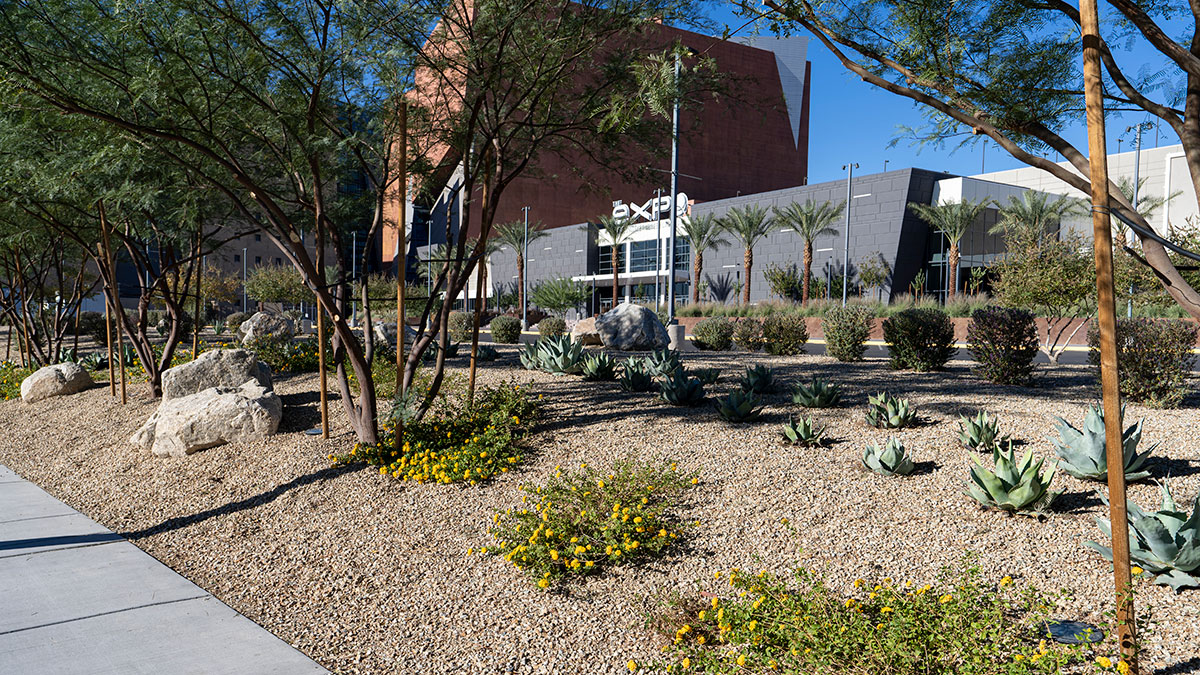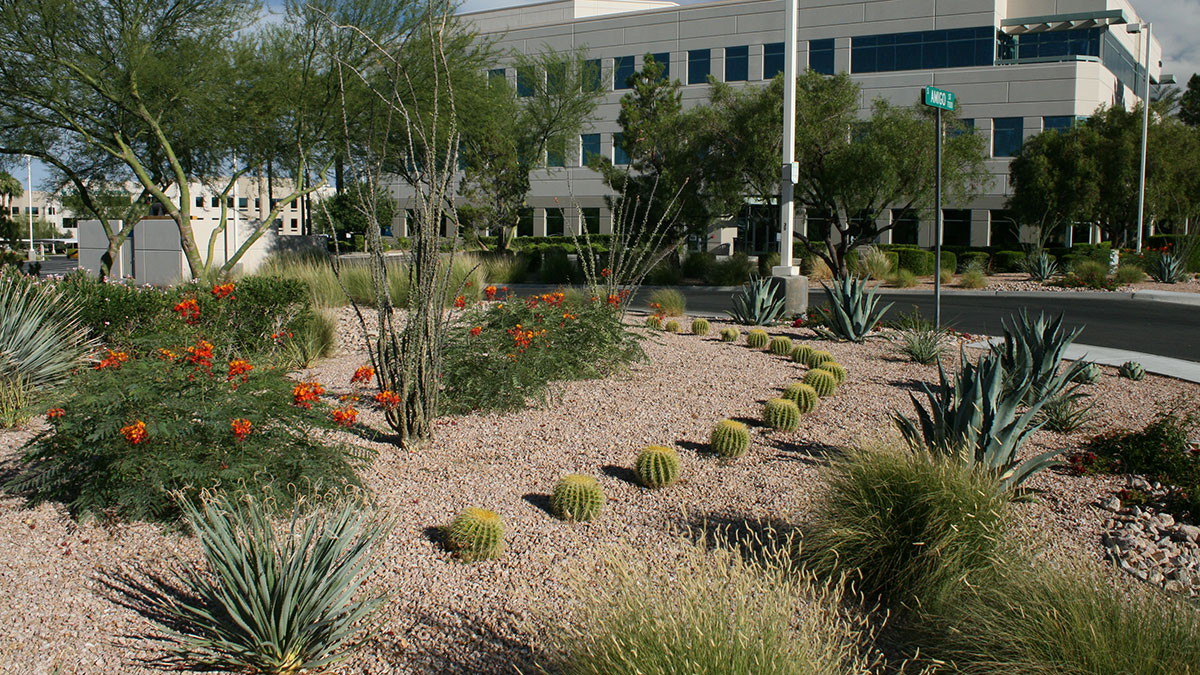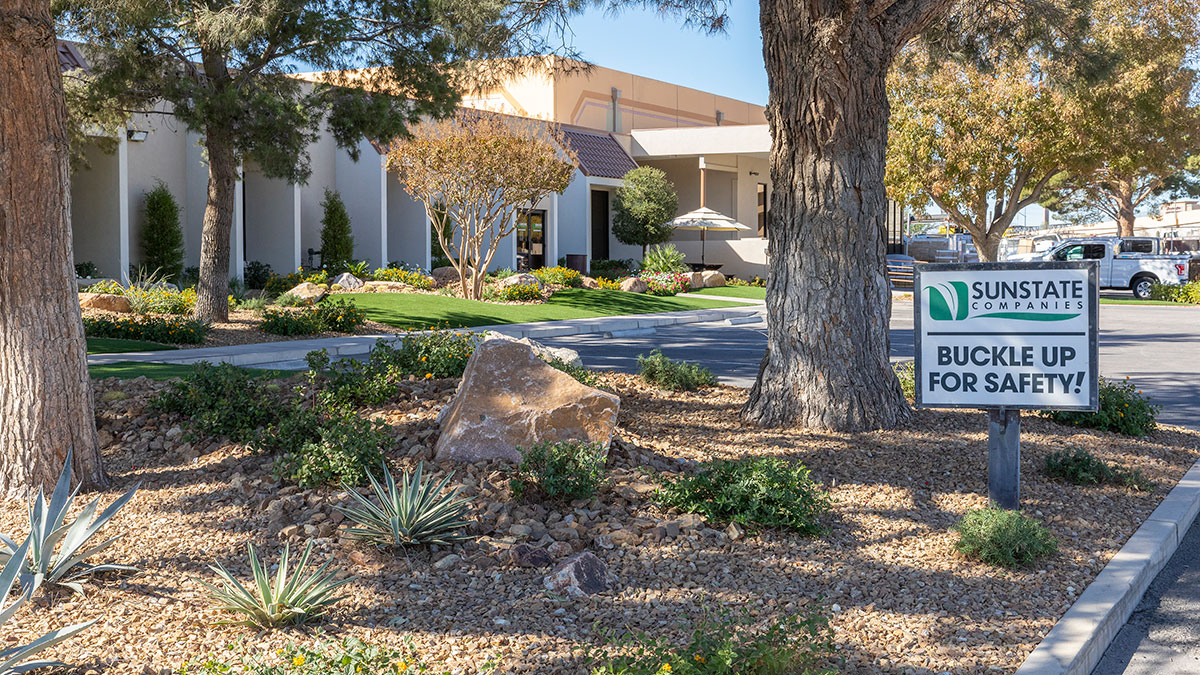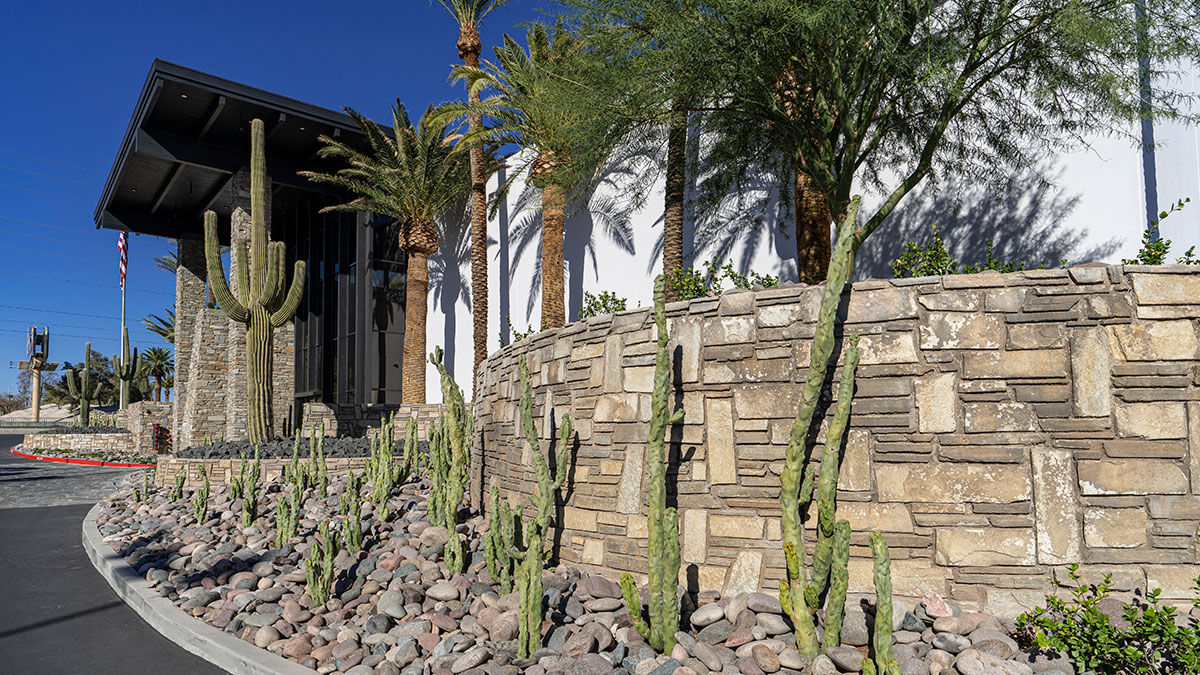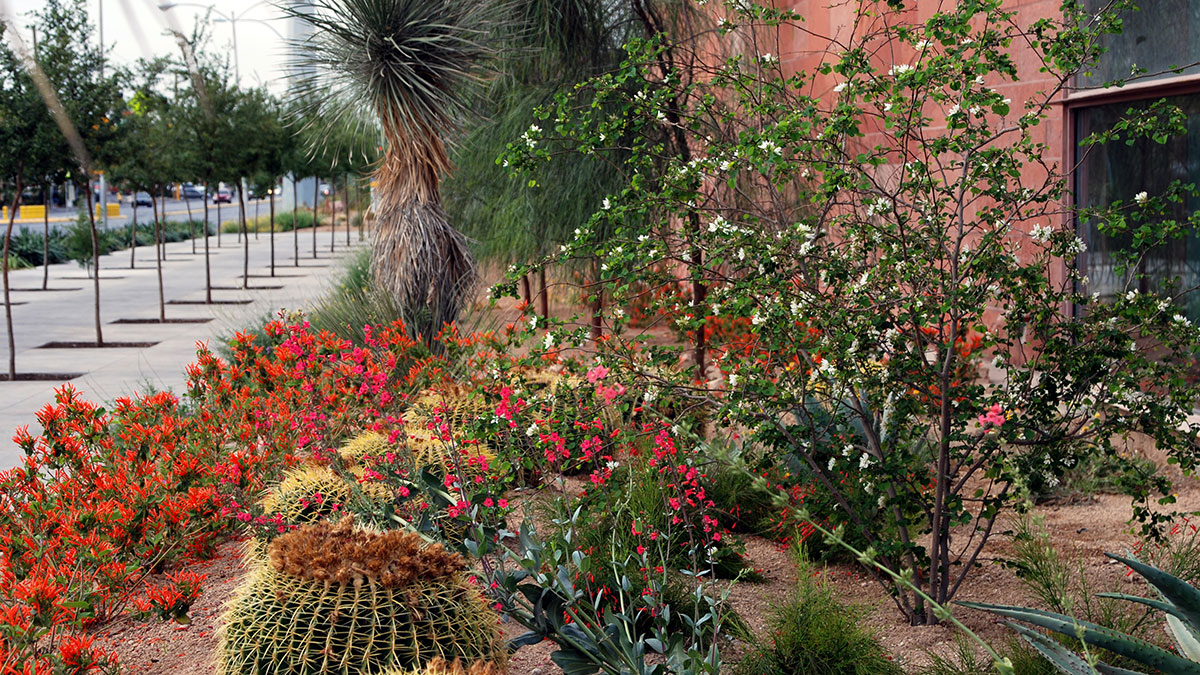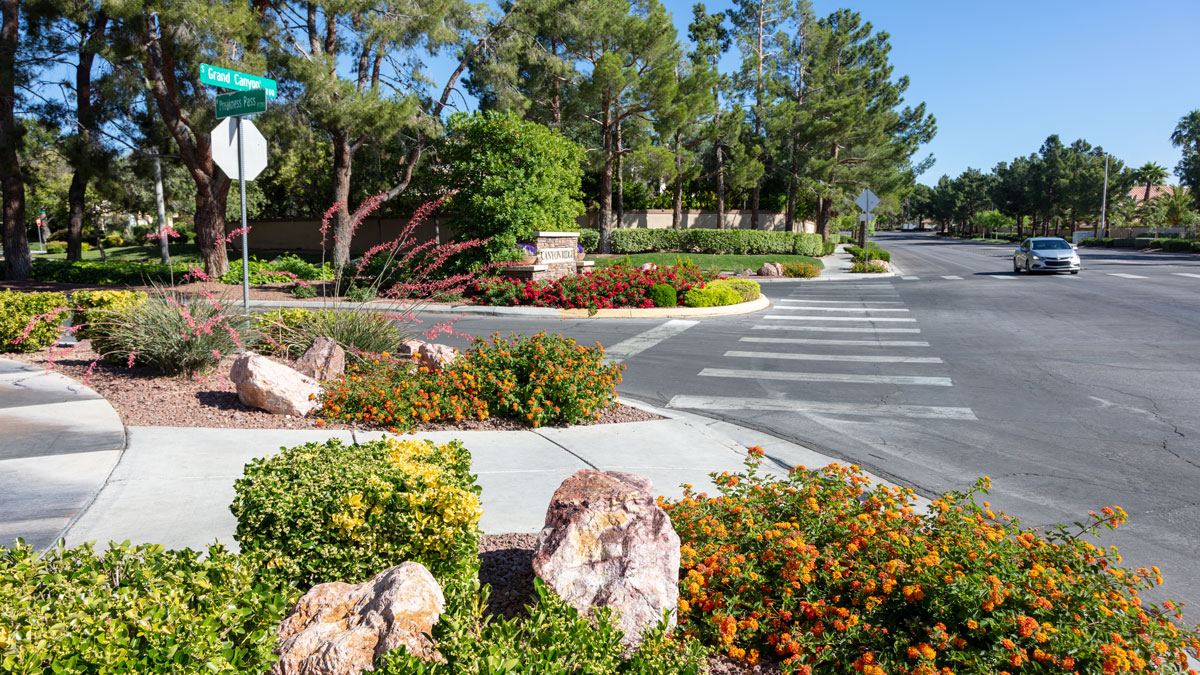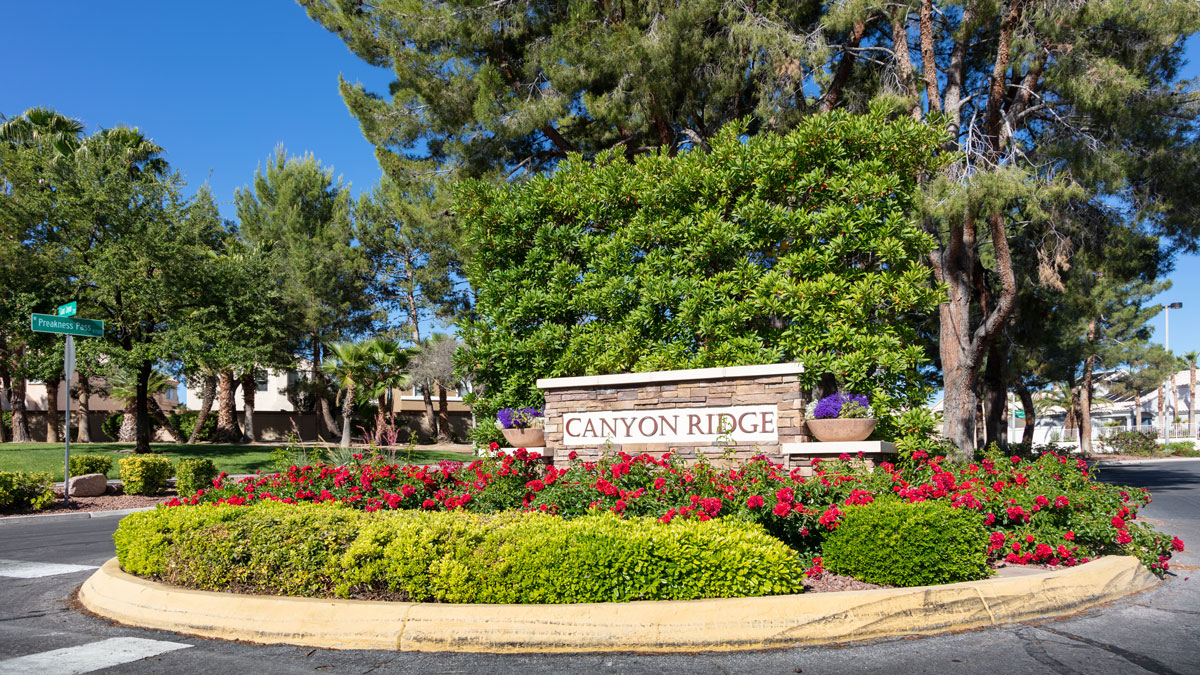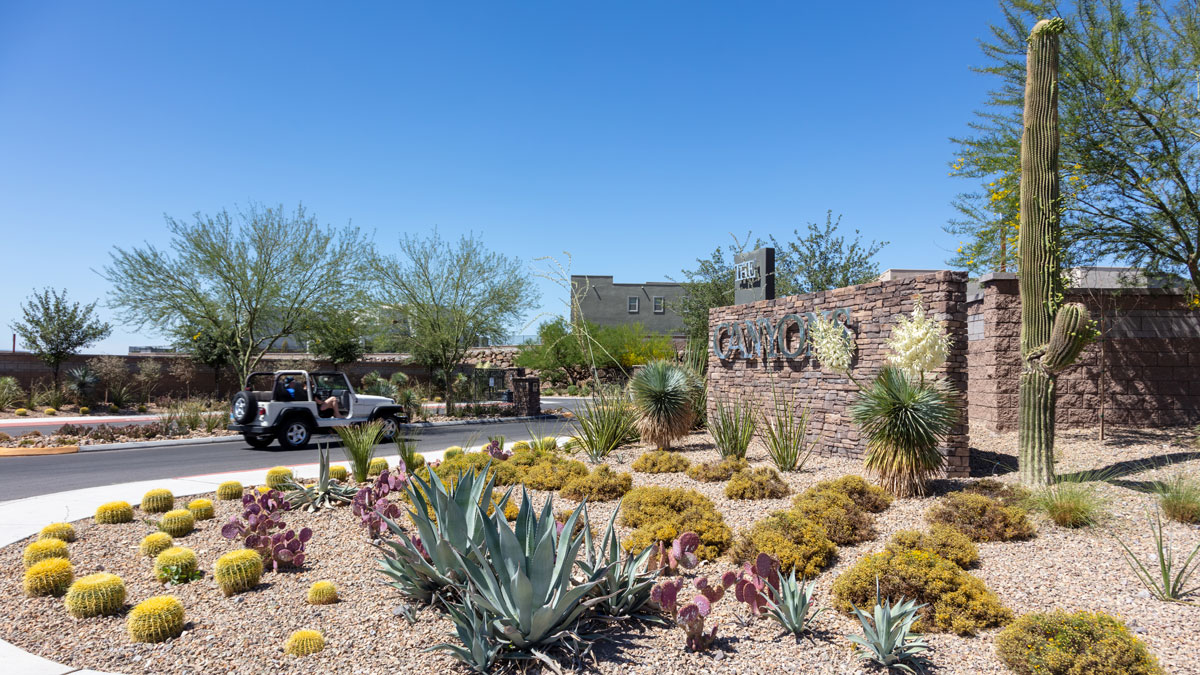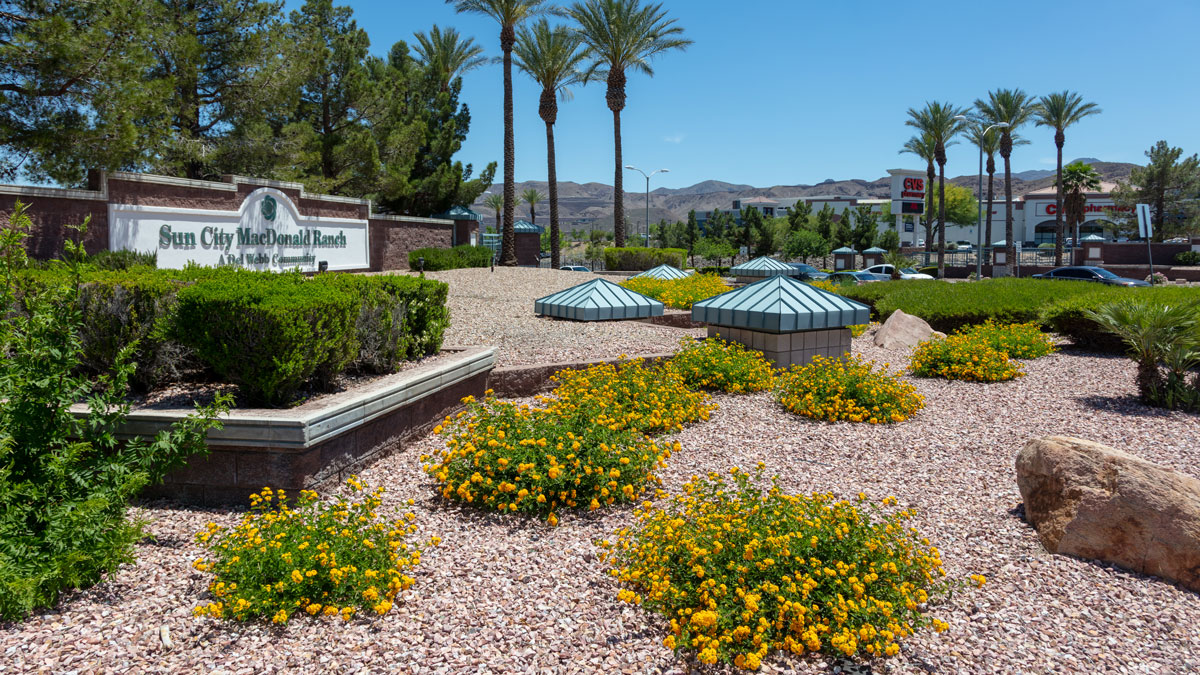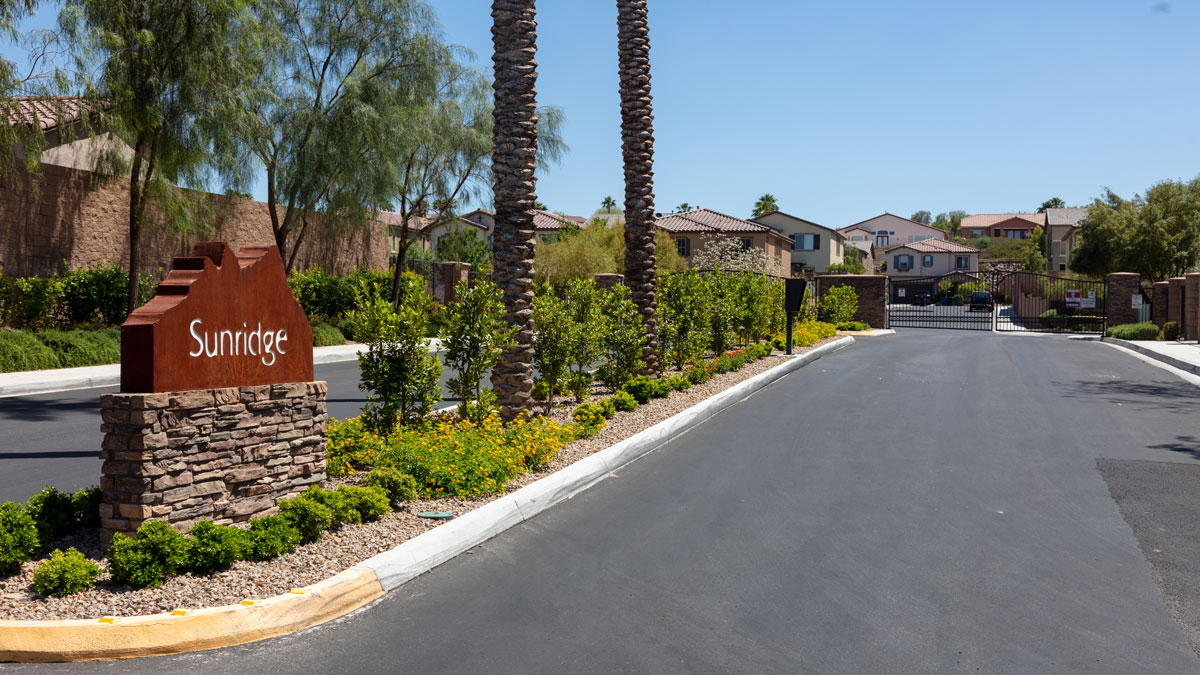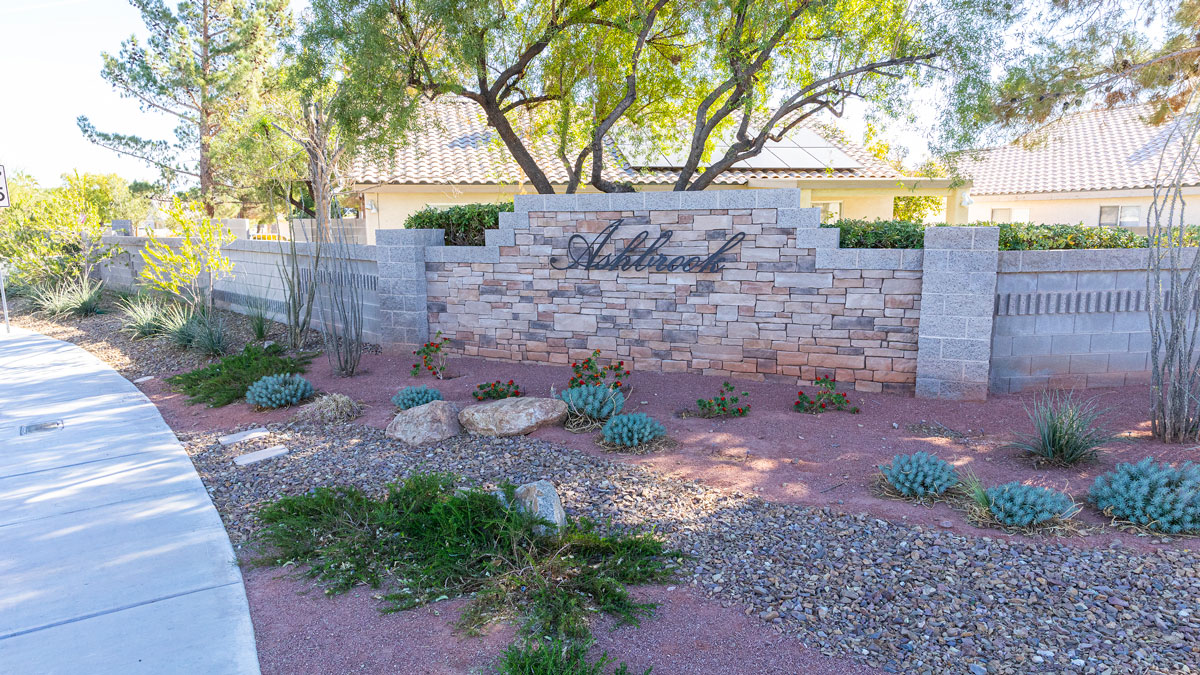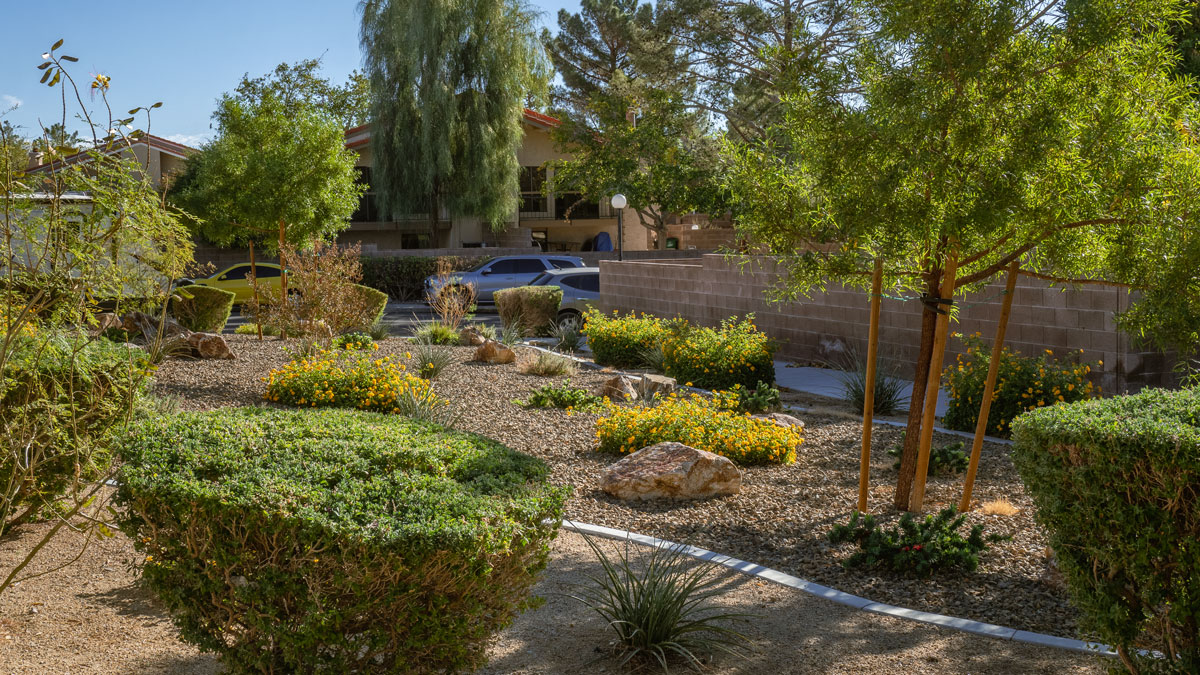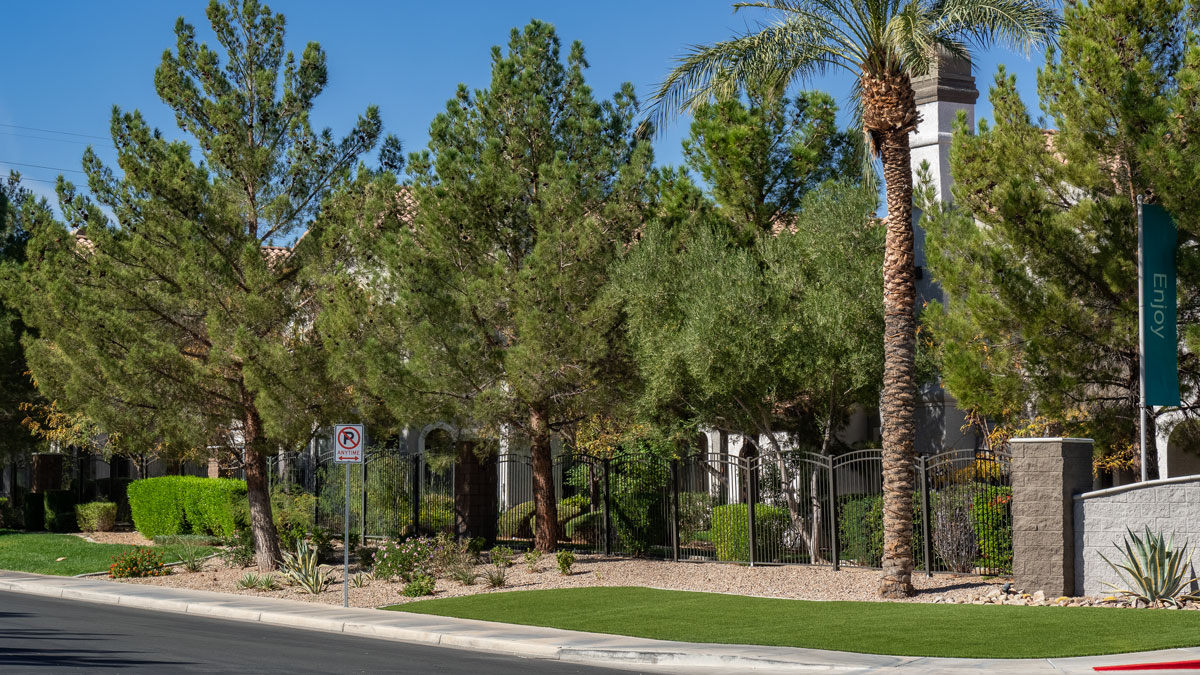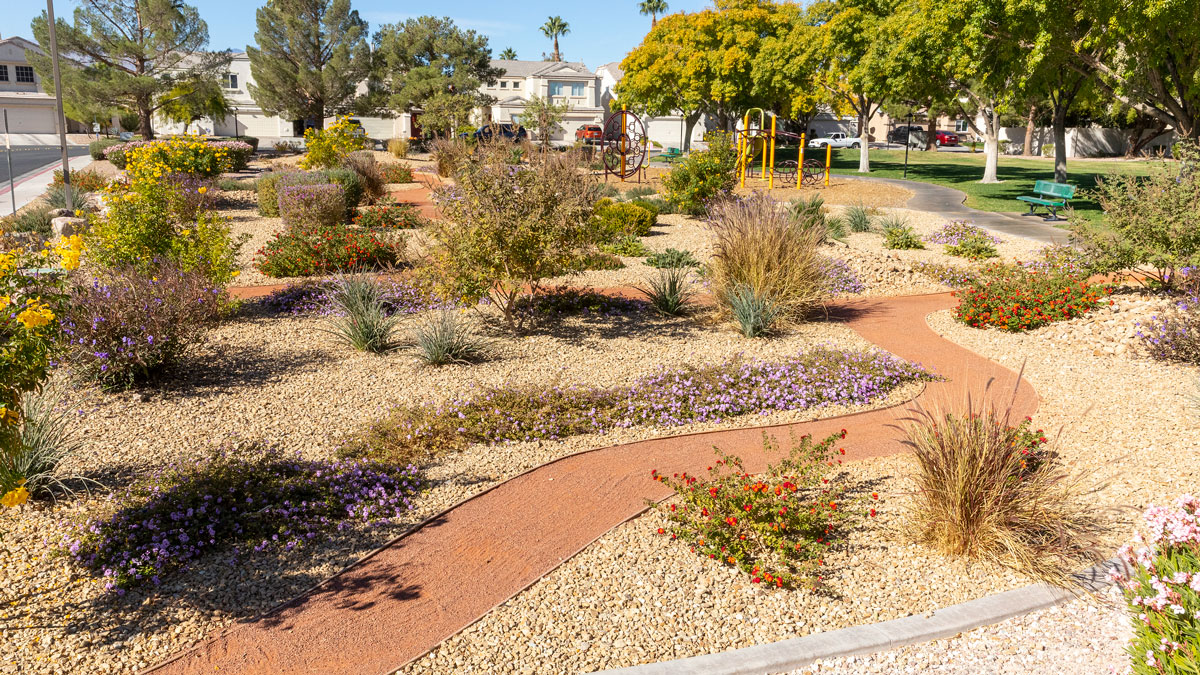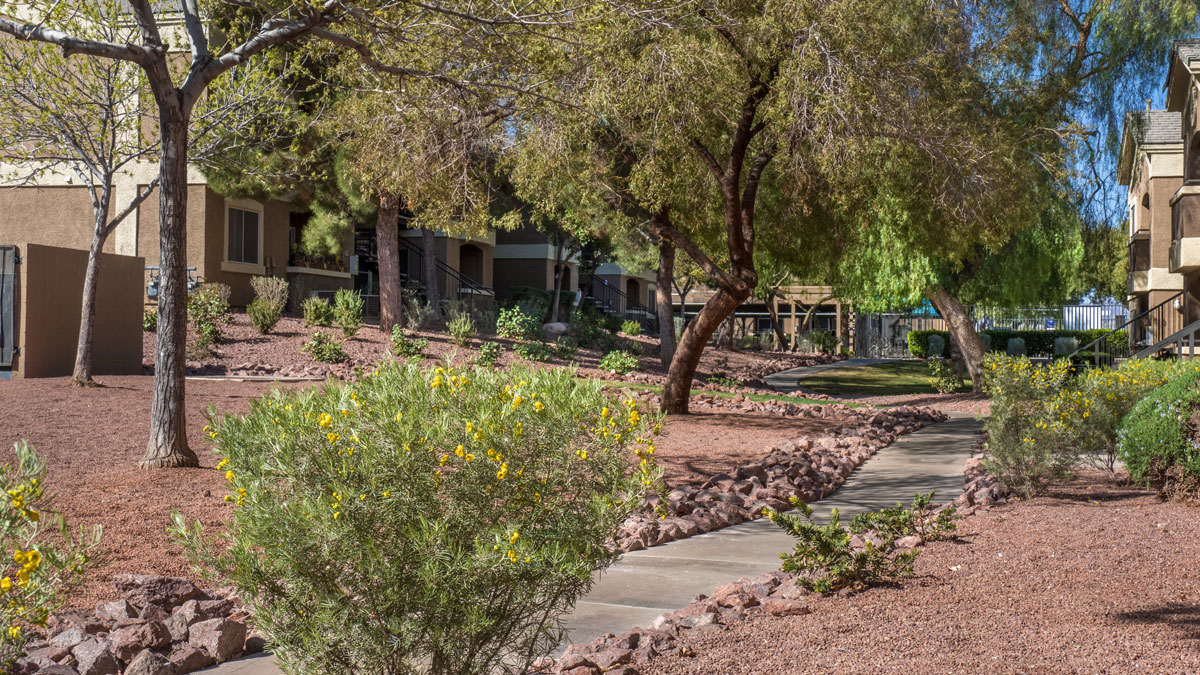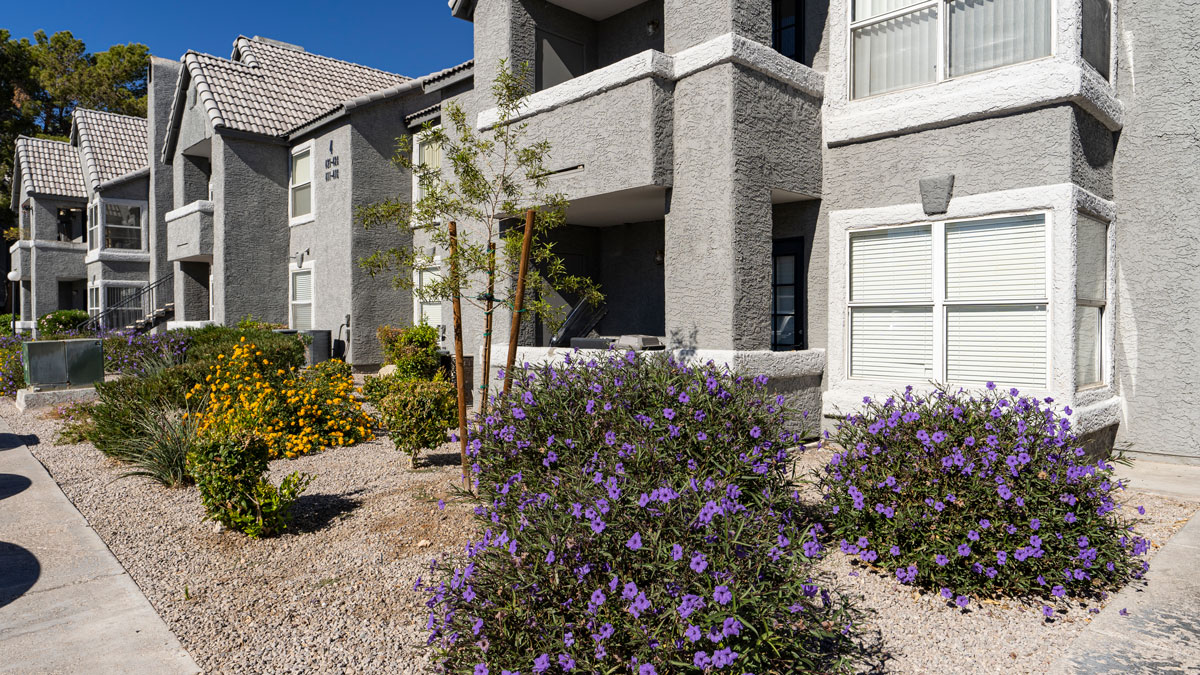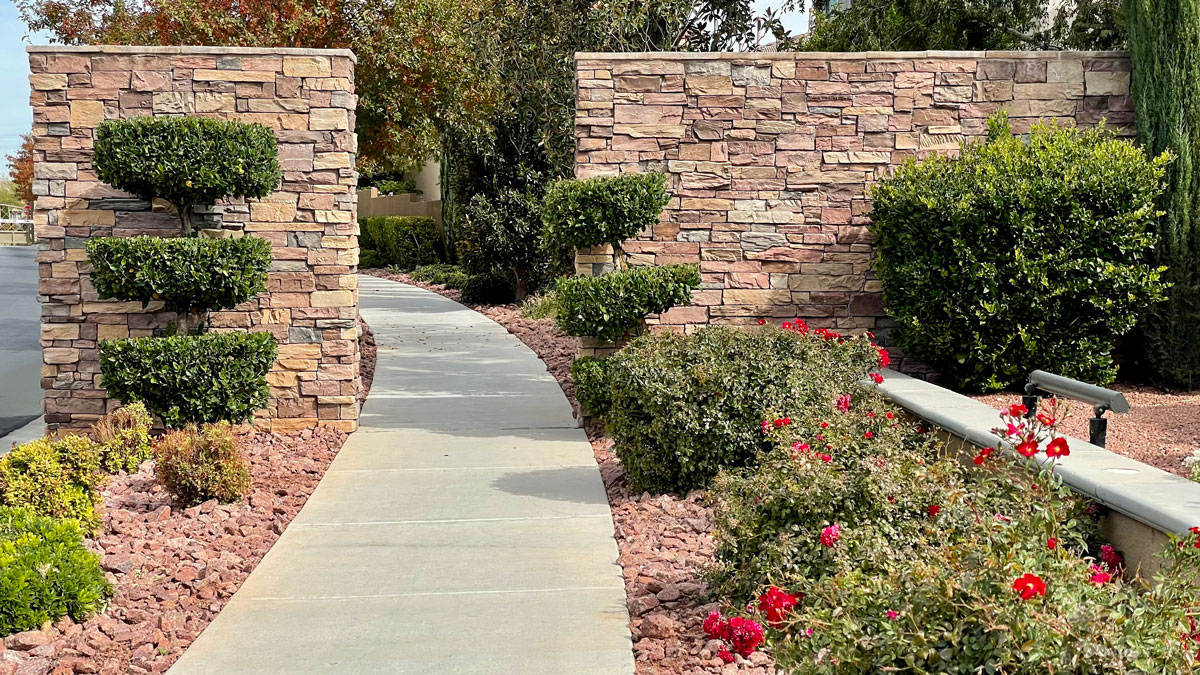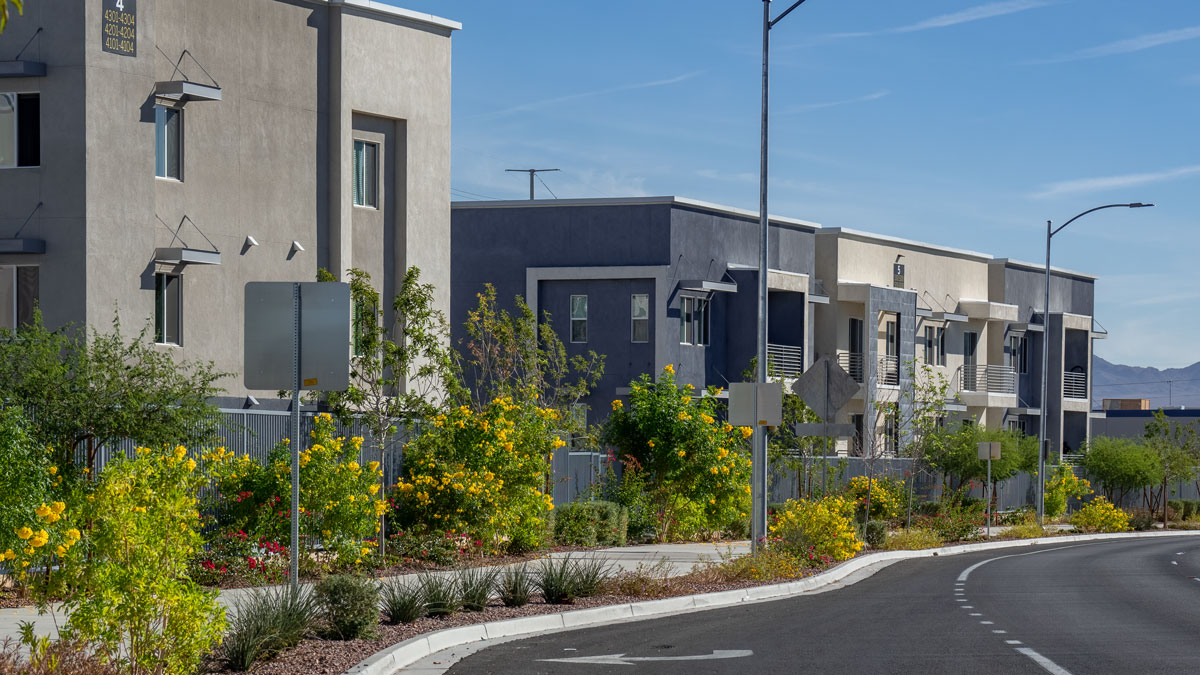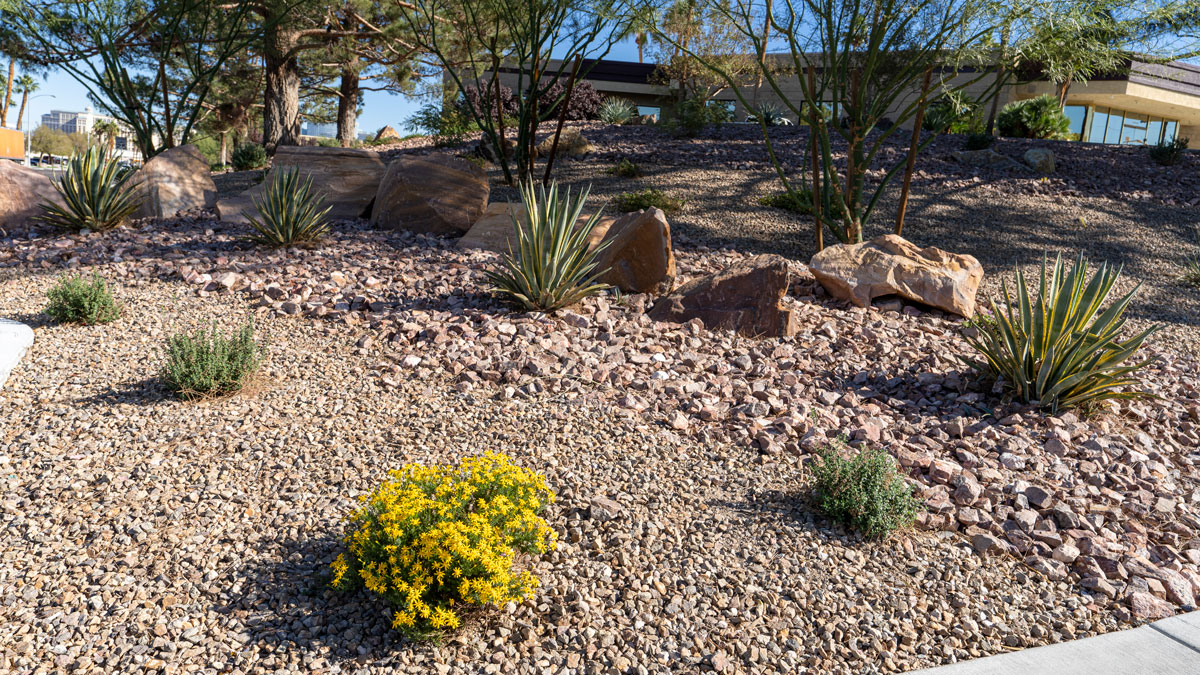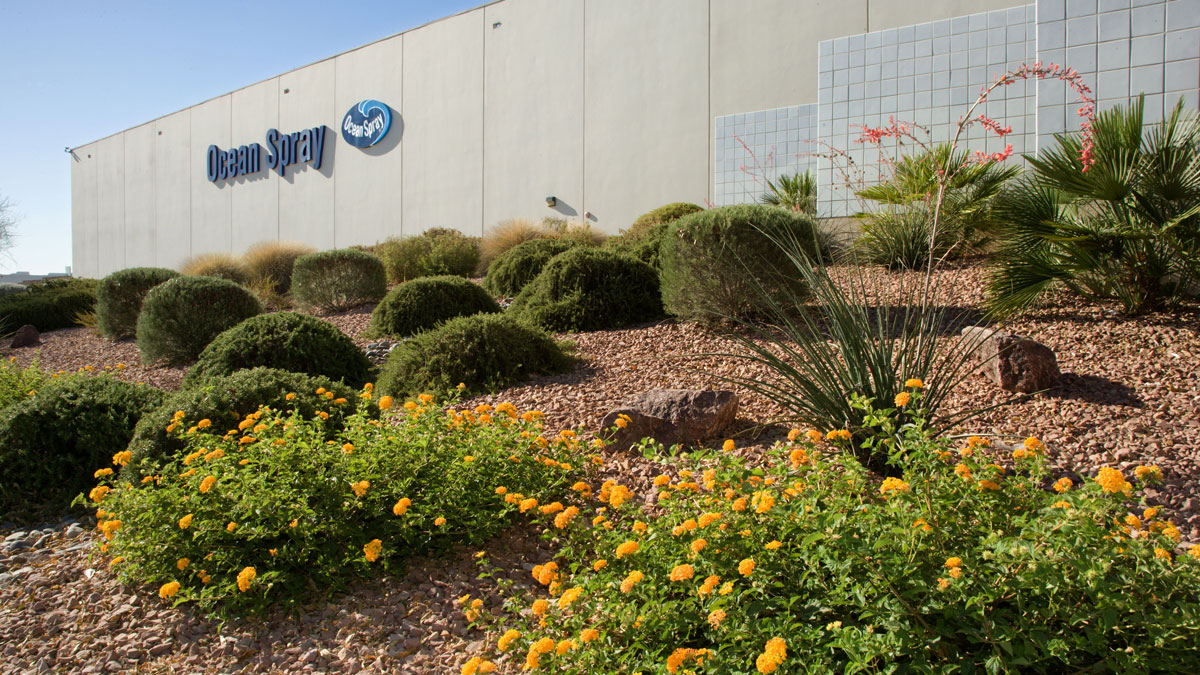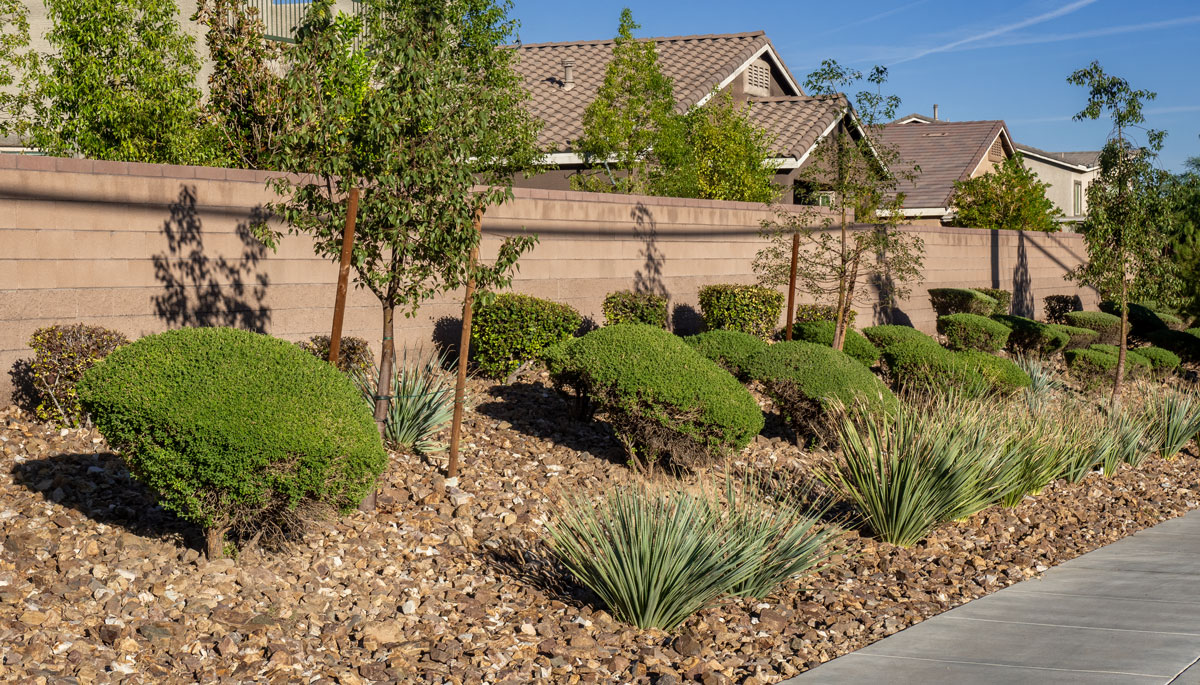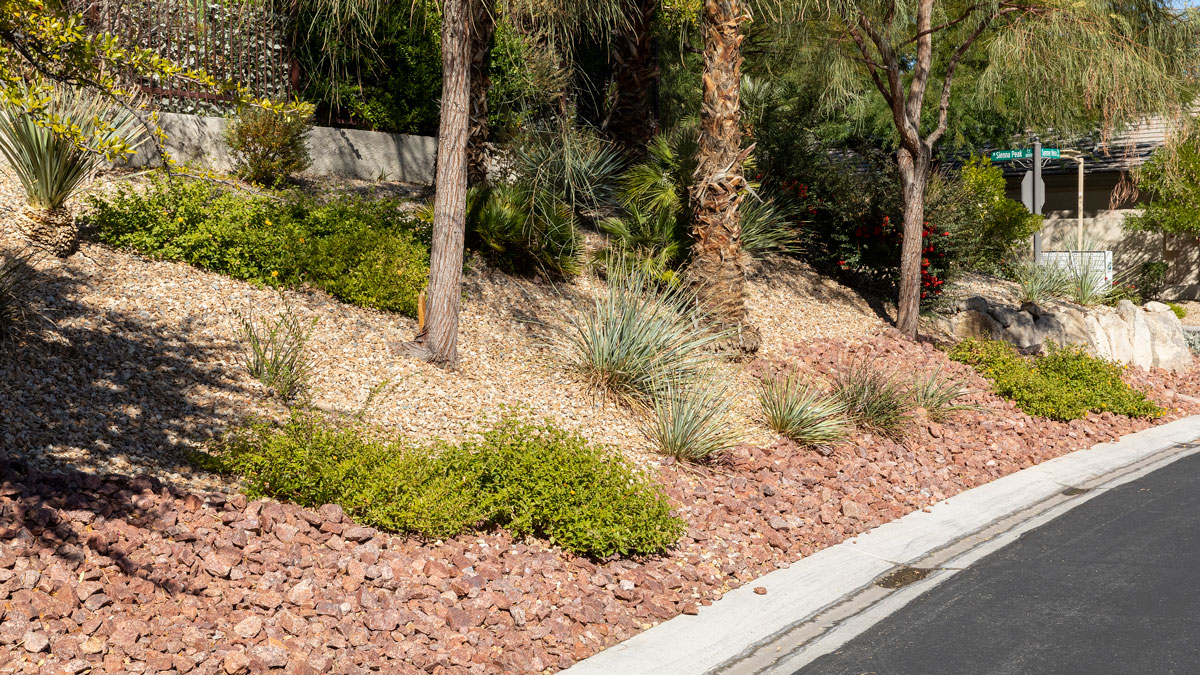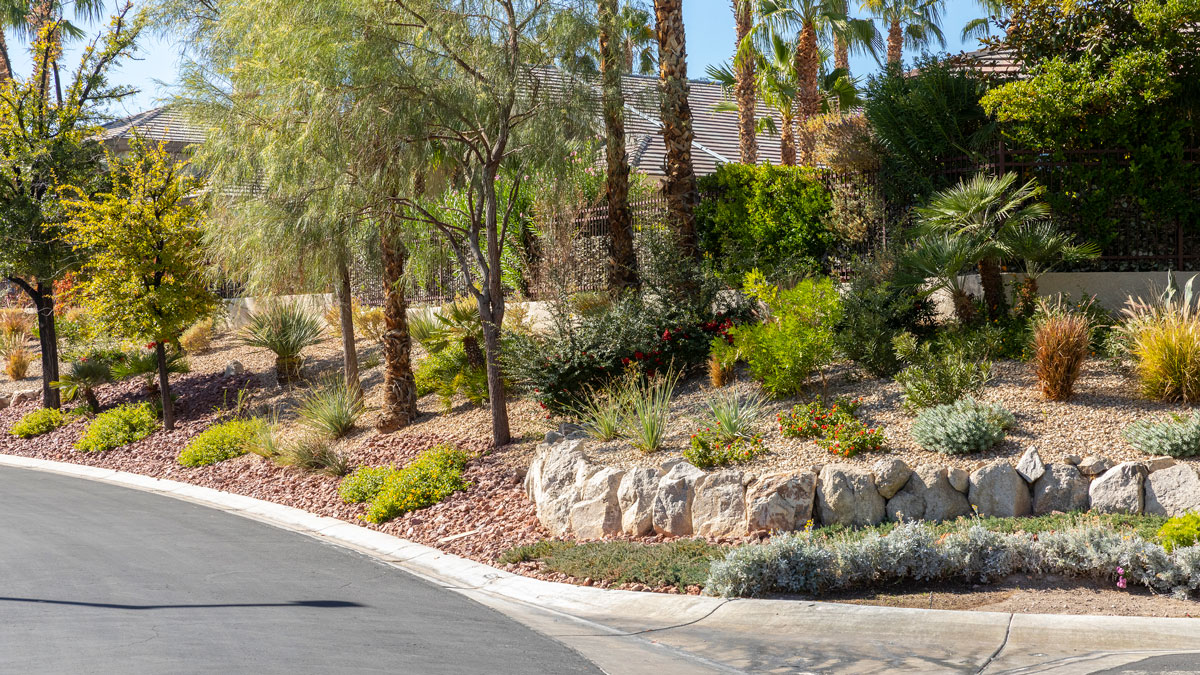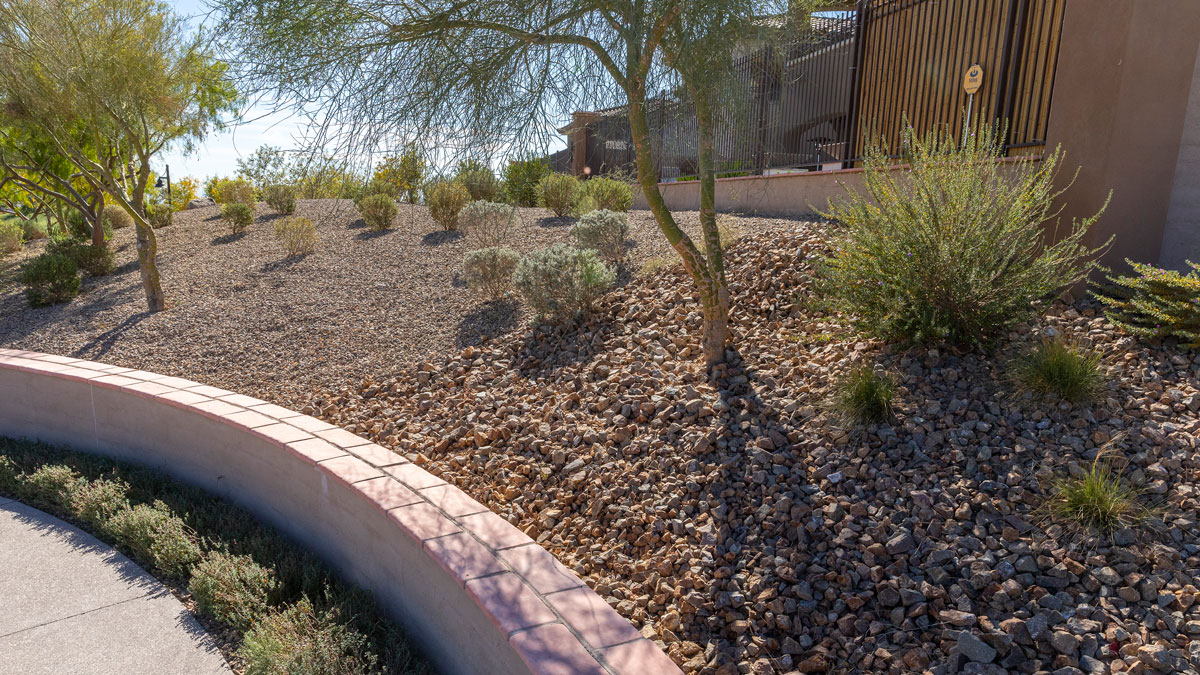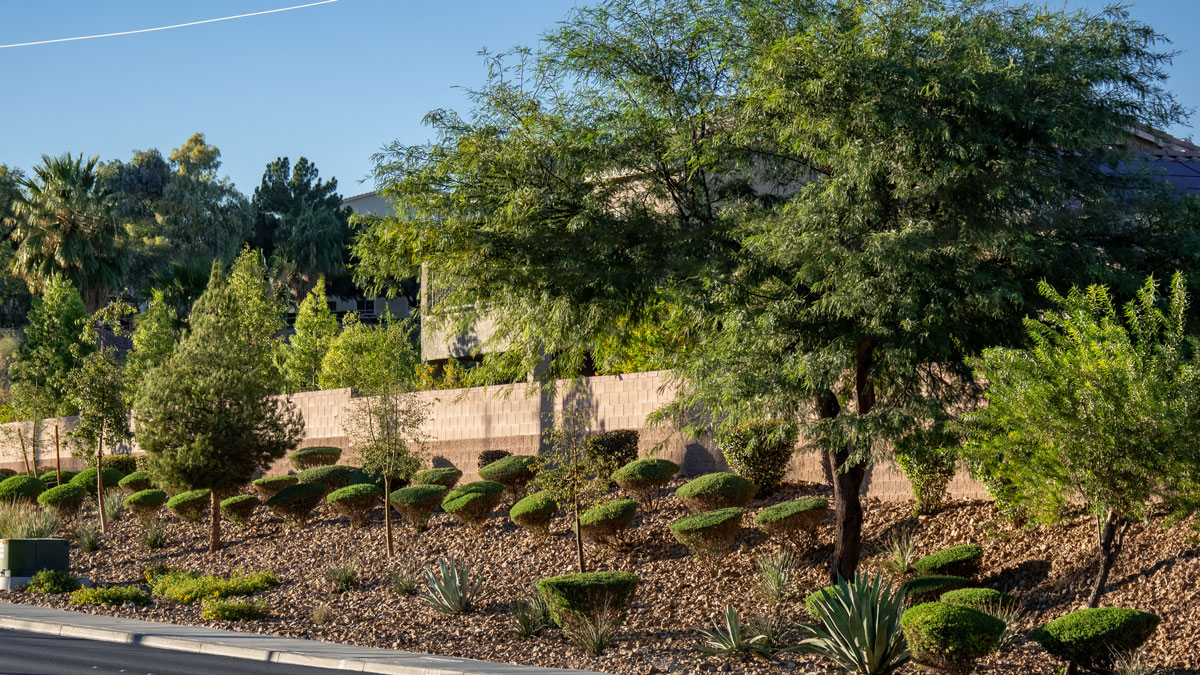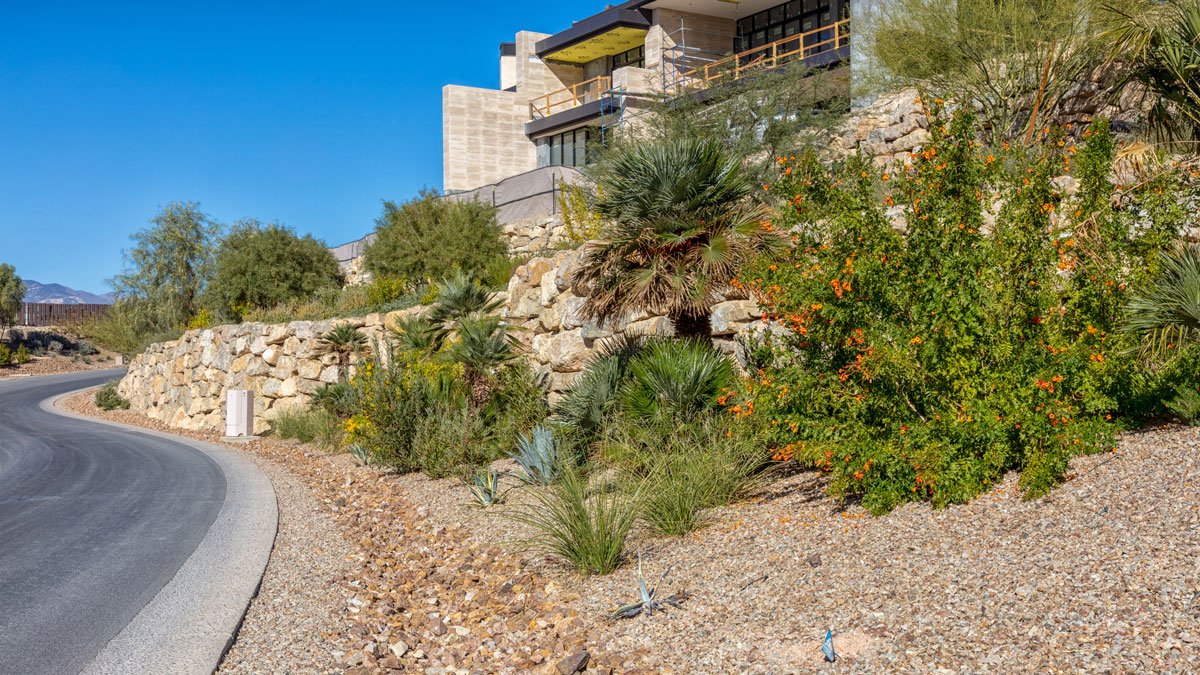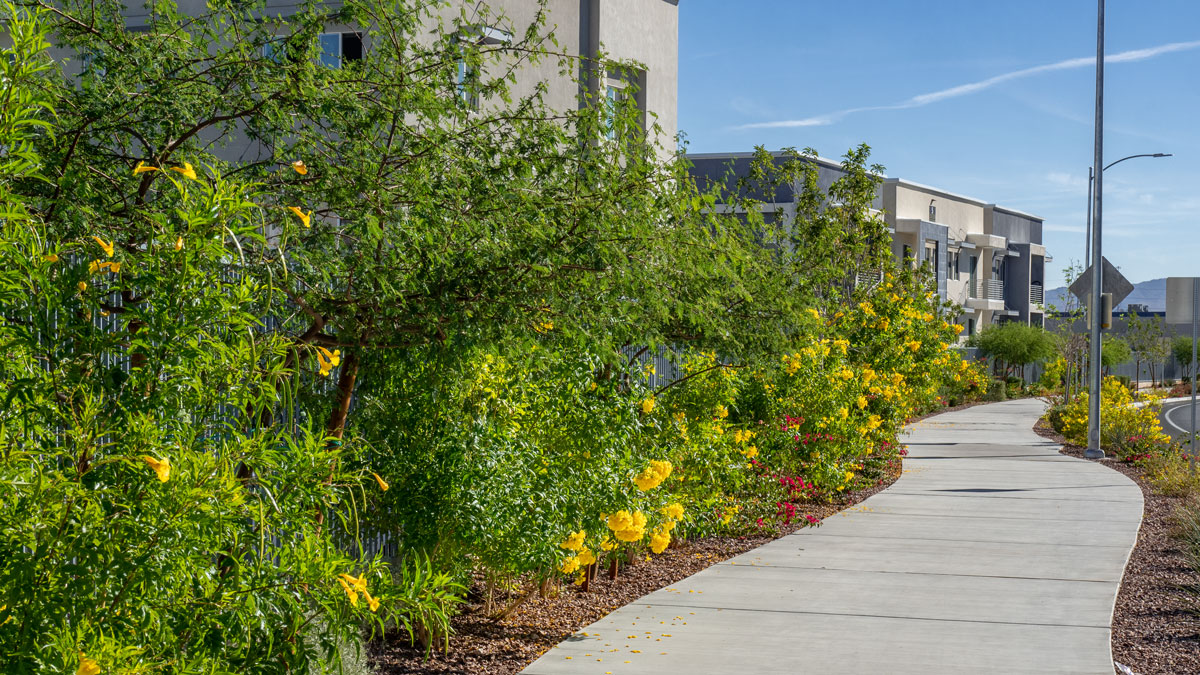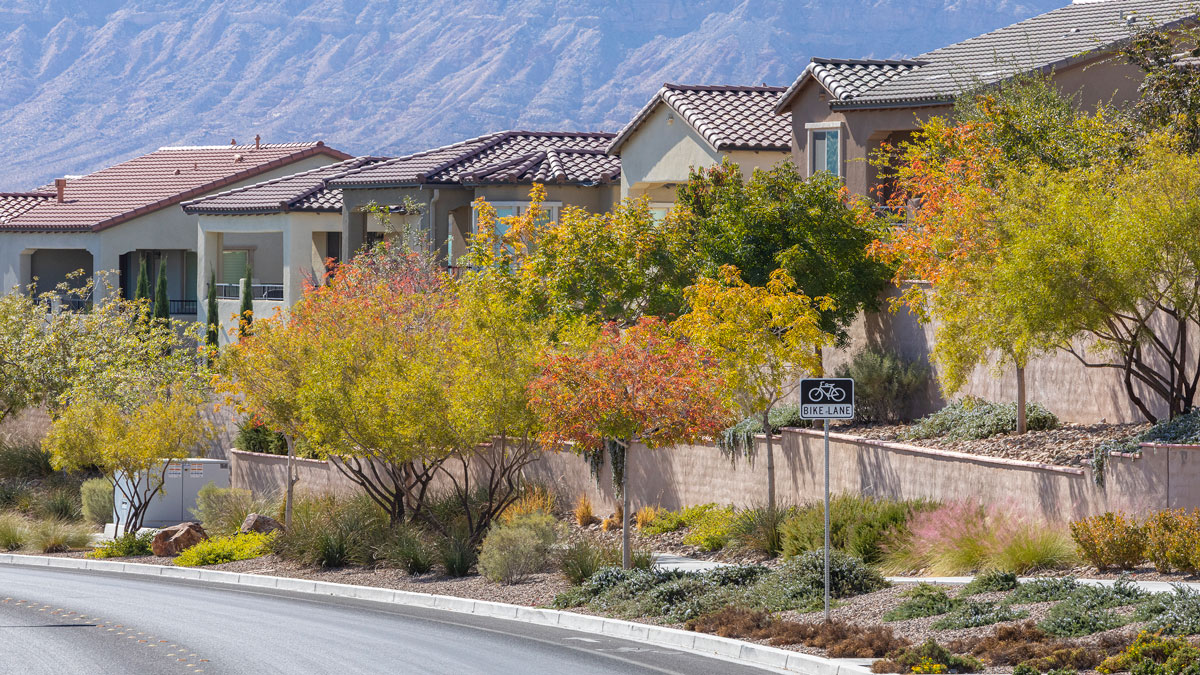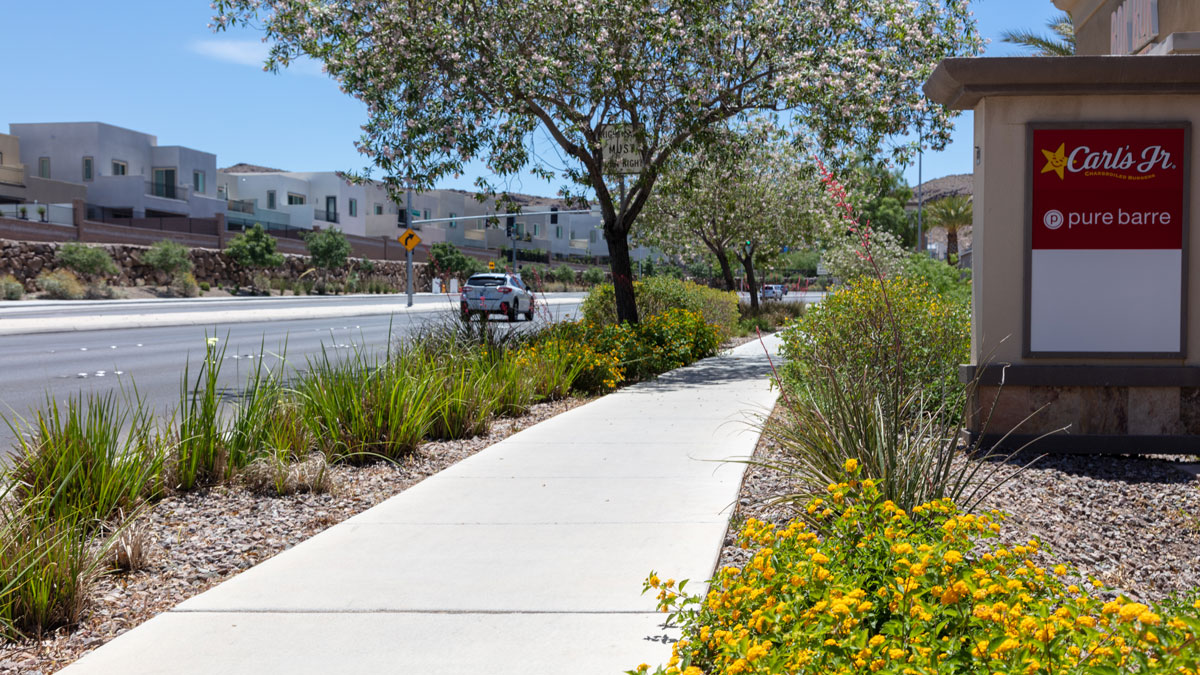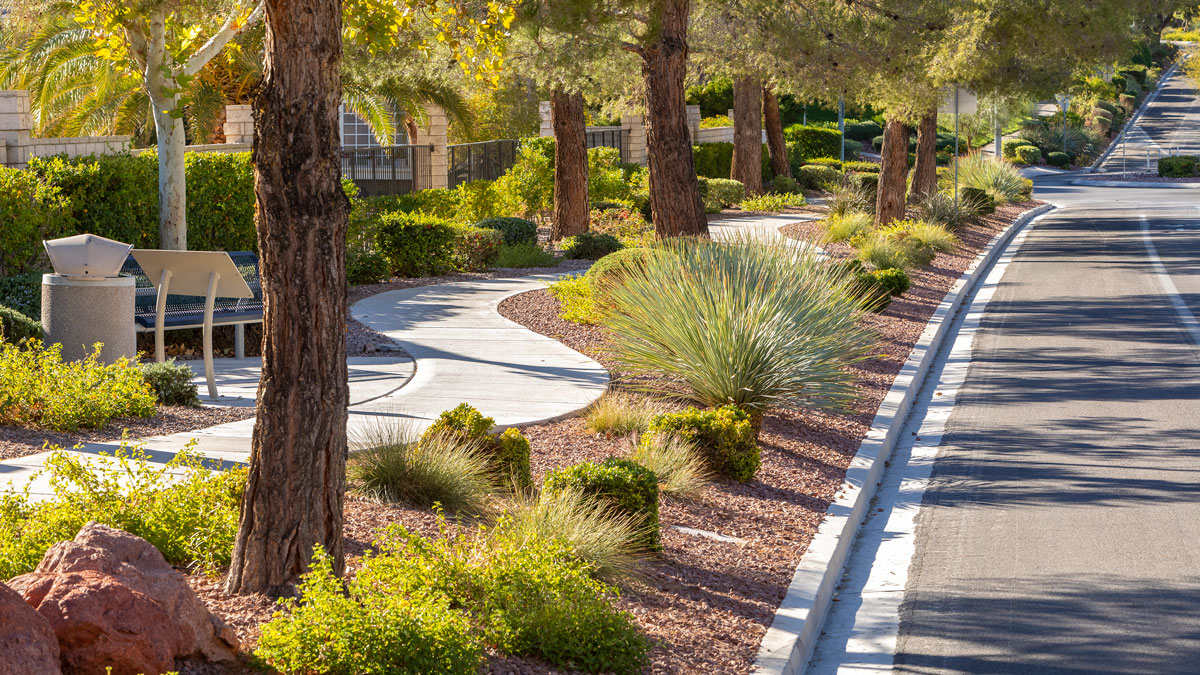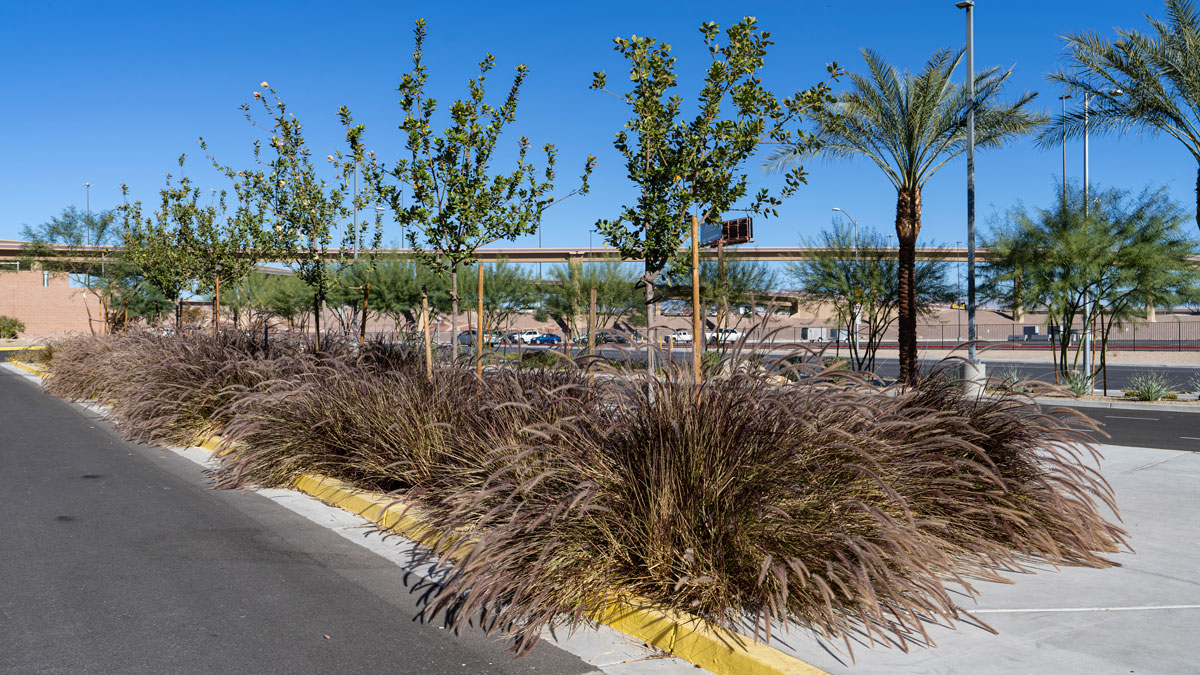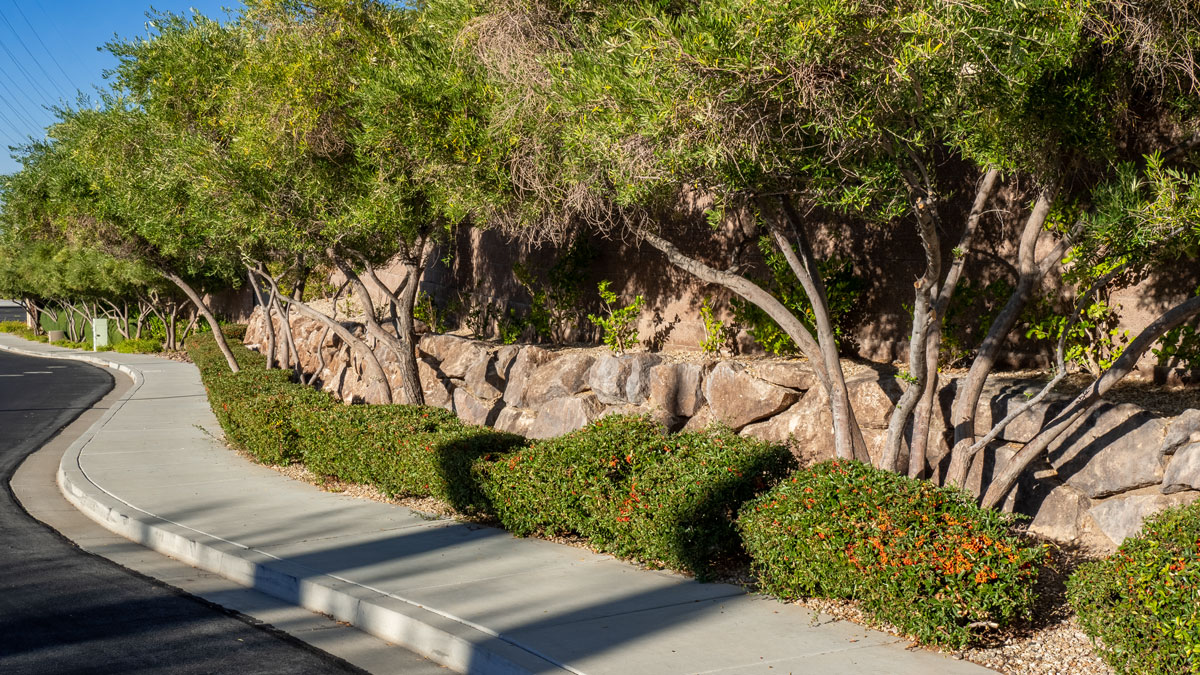Designing a landscape can be an overwhelming but rewarding process. Before you can draw a landscape plan, however, you'll want to review your current landscape and decide what you want to change or create in your yard. Review the design tips and landscape inspiration below to ensure you get everything you want out of your landscape.
Landscape design tips
Use these tips to ensure the design process of your landscape goes smoothly:
- Check with your Homeowners Association for requirements or restrictions.
- Decide in advance how much you can afford to spend.
- Create a timeline to make the most of each season during the planting and installation process.
- Know your landscape zones (areas of your property that may require different levels of maintenance or care due to foot traffic, sun exposure, etc.).
- Take photos of eye-catching plants or plant groupings you may want to use in your landscape.
- Consider blooming seasons when planning your landscape.
- Create a focal point for each part of your property. Use lines throughout your landscape to define the space and direct the eye to those focal points.
- Use repeating shapes, colors and textures to pull your landscape design together.
- Account for plant growth and future water needs by planning your irrigation system for several years in advance.
- Buy smaller plants to save money.
- Place trees first as an anchor and work your way outward. Be sure to allow enough room for root growth.
Evolution of a landscape plan
Once you've figured out what you want from your landscape, the time has come to draw a landscape plan. This is an important step even if you have decided to use a landscape professional. You don't have to be an artist or landscape architect to create a landscape plan—this is just another opportunity to visualize the end result.
- Plot plan
A plot plan provides a bird's-eye view of your lot, using a scale to place all existing features. Accuracy is important in drawing the plot plan so that you have identified the space available for planting.
- Functional plan
A functional plan uses "bubbles" to lay out different areas and their potential uses — a patio, outdoor grill, garden or plant beds. Draw bubbles on the plan to roughly define areas and to approximate the size and shape of different features to determine how your space will be divided and used.
- Final concept plan
A final concept plan provides the complete picture of your landscape design, including plant selections. You've already separated your spaces into bubbles, now you'll begin strategically placing your plant selections.
Find plants and trees
Use our Plant Search to browse through hundreds of desert-adaptable trees, shrubs, cacti and more. If you're looking for more plant resources, view the Regional Plant List.
Free classes
Learn from the experts at one of several free SNWA-sponsored landscaping classes covering the basics of water smart landscaping and assembling and installing drip irrigation.
🏠 Landscape inspiration for residential homeowners
Check out these photo galleries for examples of beautiful, water-smart landscaping at local residences.
Looking for plants? Our interactive plant list can help you choose trees, ground cover, shrubs, and plants with the specific characteristics you're looking for. Enter your desired color, shape, canopy size, height, growth rate or type of foliage and get multiple examples of beautiful native or drought-tolerant plants for your property.
🏢 Inspiration for businesses, multifamily properties and HOAs
Are you a business owner, HOA board member or property manager looking for landscape design inspiration as you get ready to replace turf grass with desert-friendly trees and plants?
Check out these photo galleries for examples of water-smart landscaping that local properties have installed at community entrances, in common areas, along streets, and on slopes and medians.
Our interactive plant list can help you choose trees, ground cover, shrubs, and plants with the specific characteristics you’re looking for. Enter your desired color, shape, canopy size, height, growth rate or type of foliage and get multiple examples of beautiful native or drought-tolerant plants for your property.
